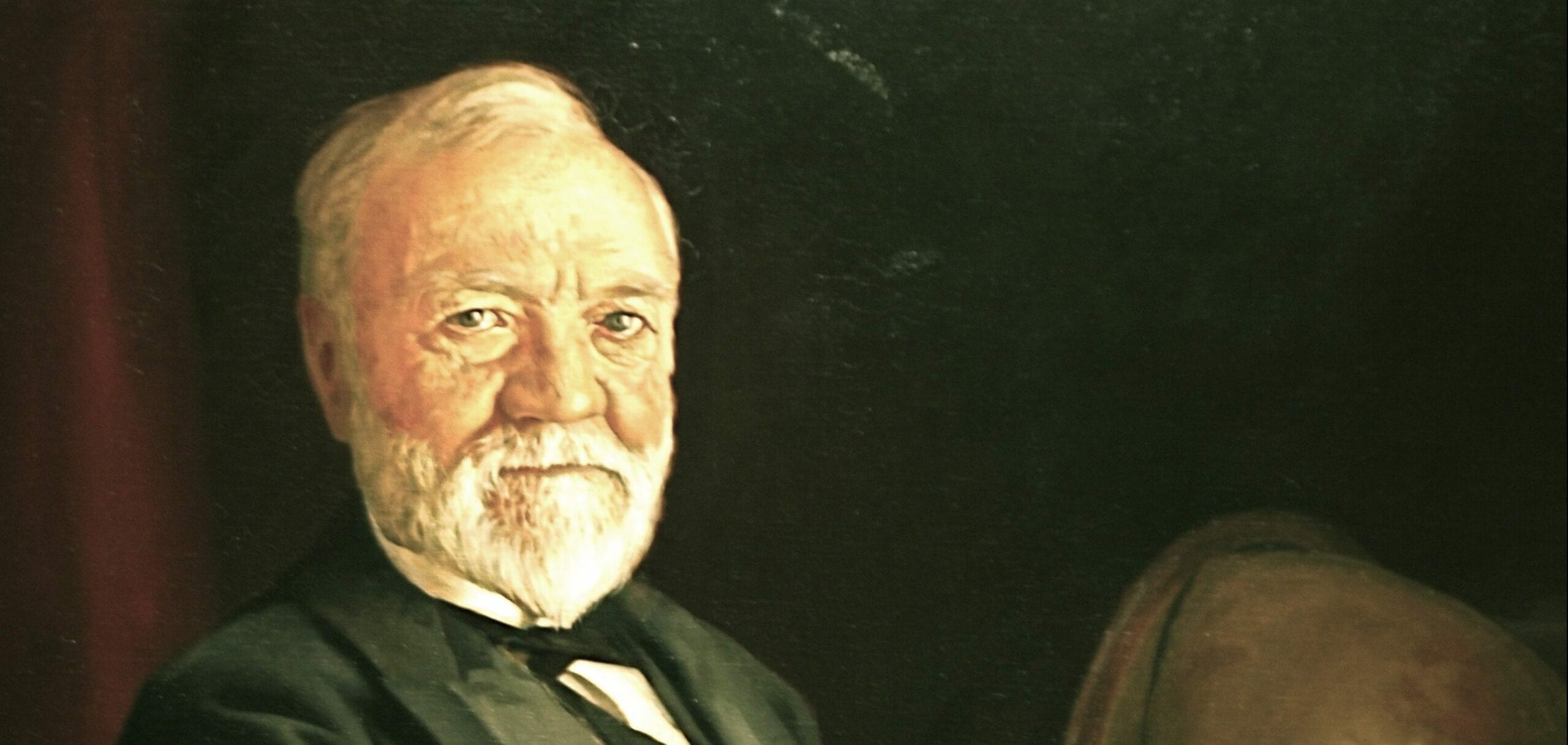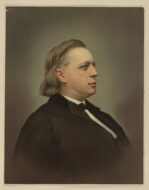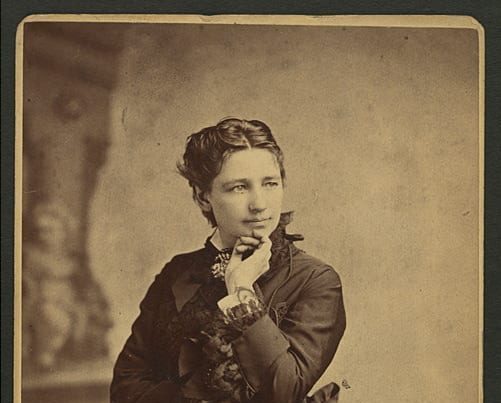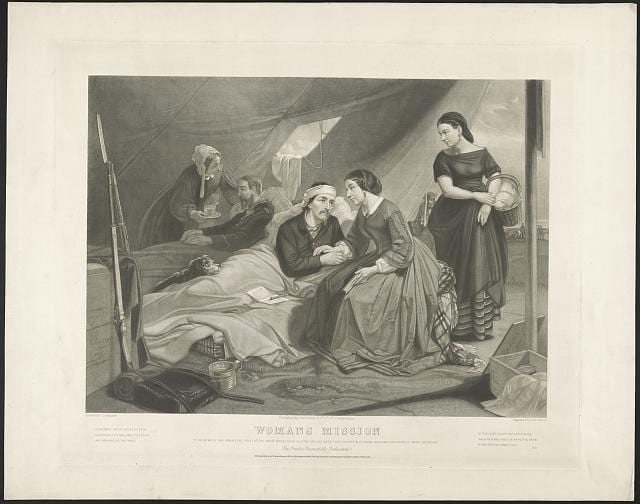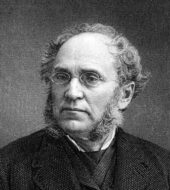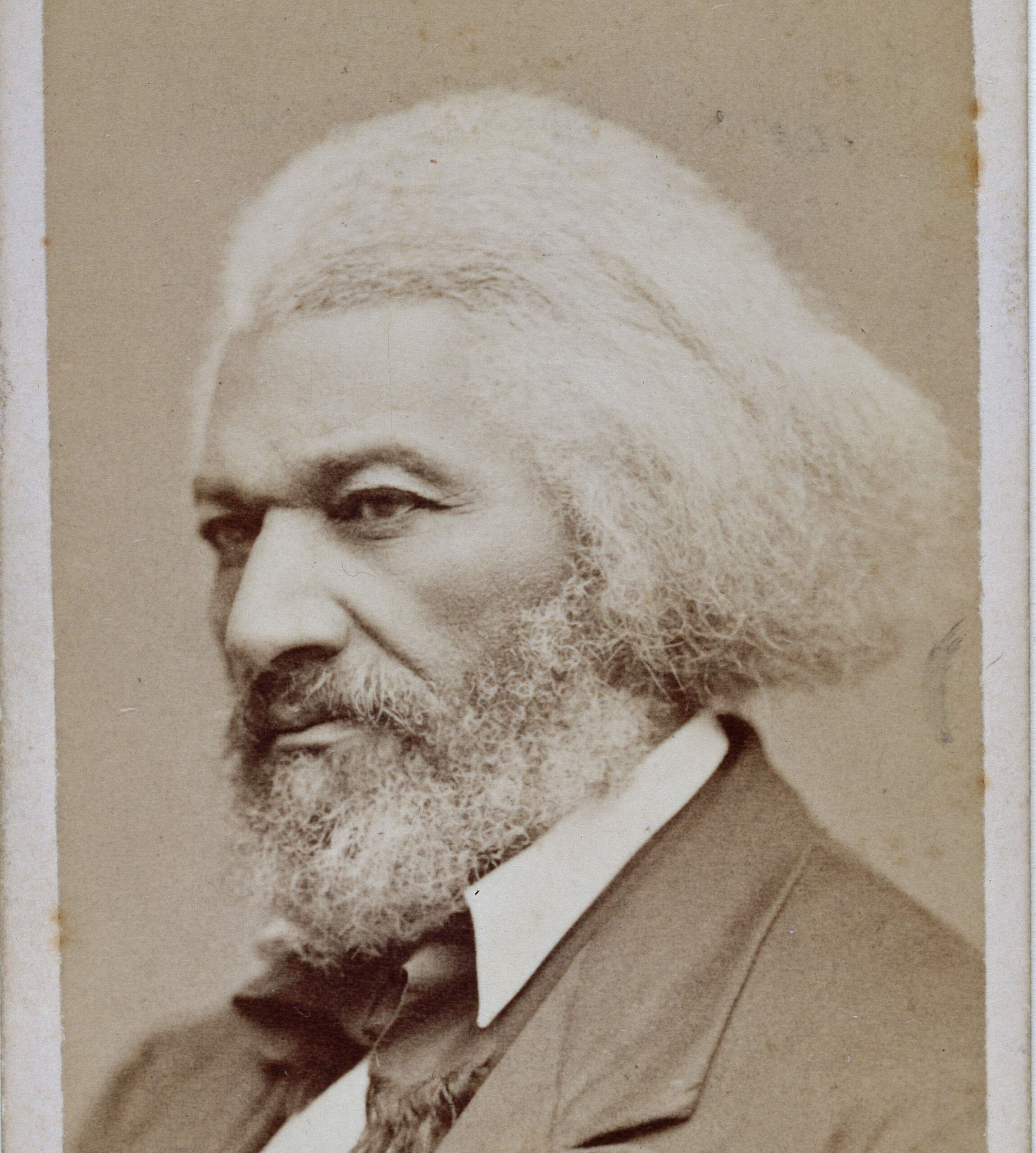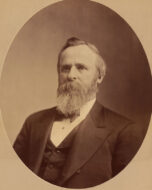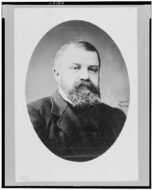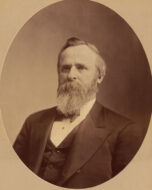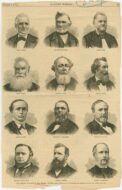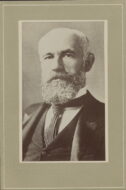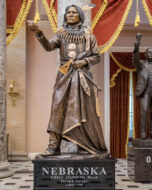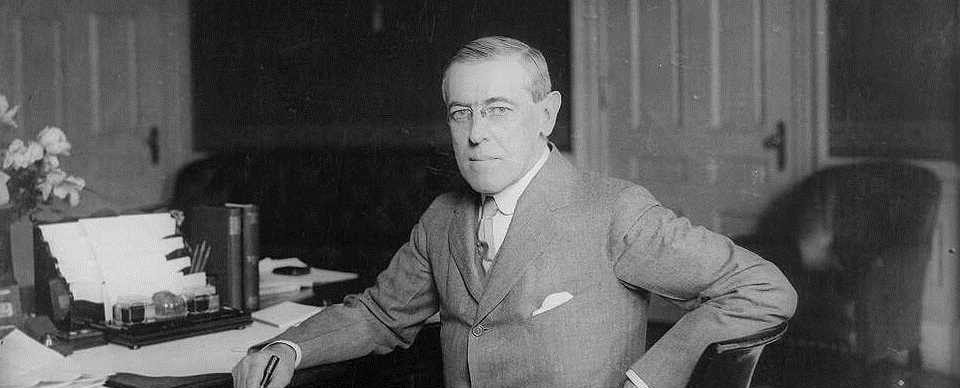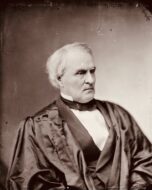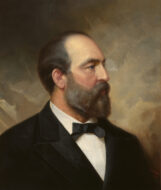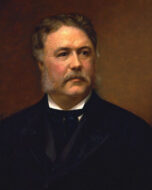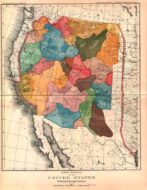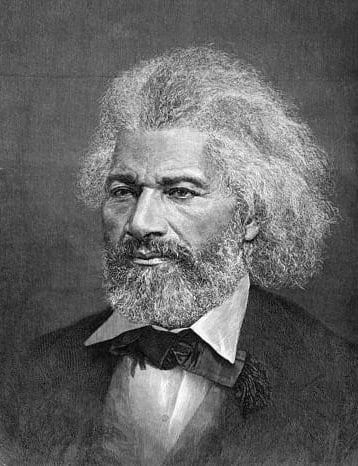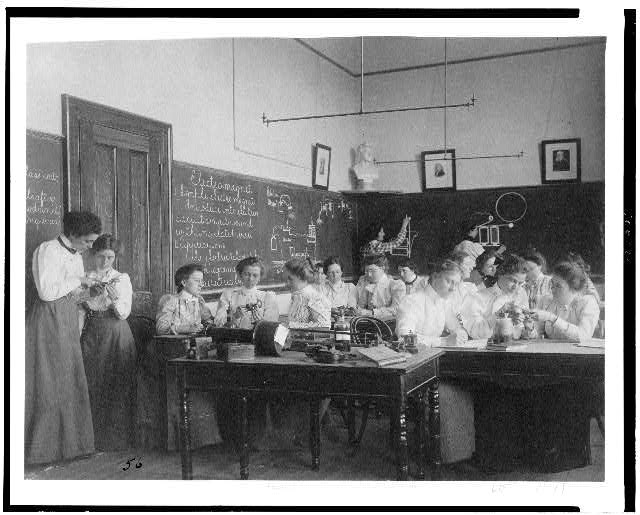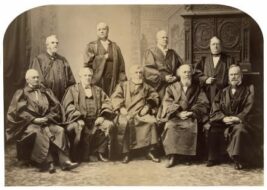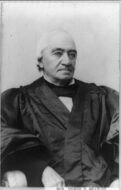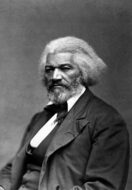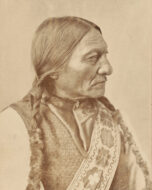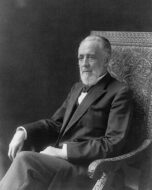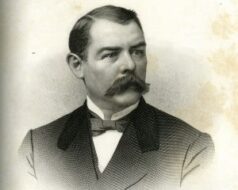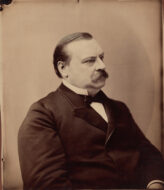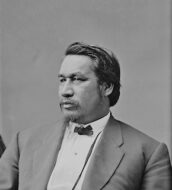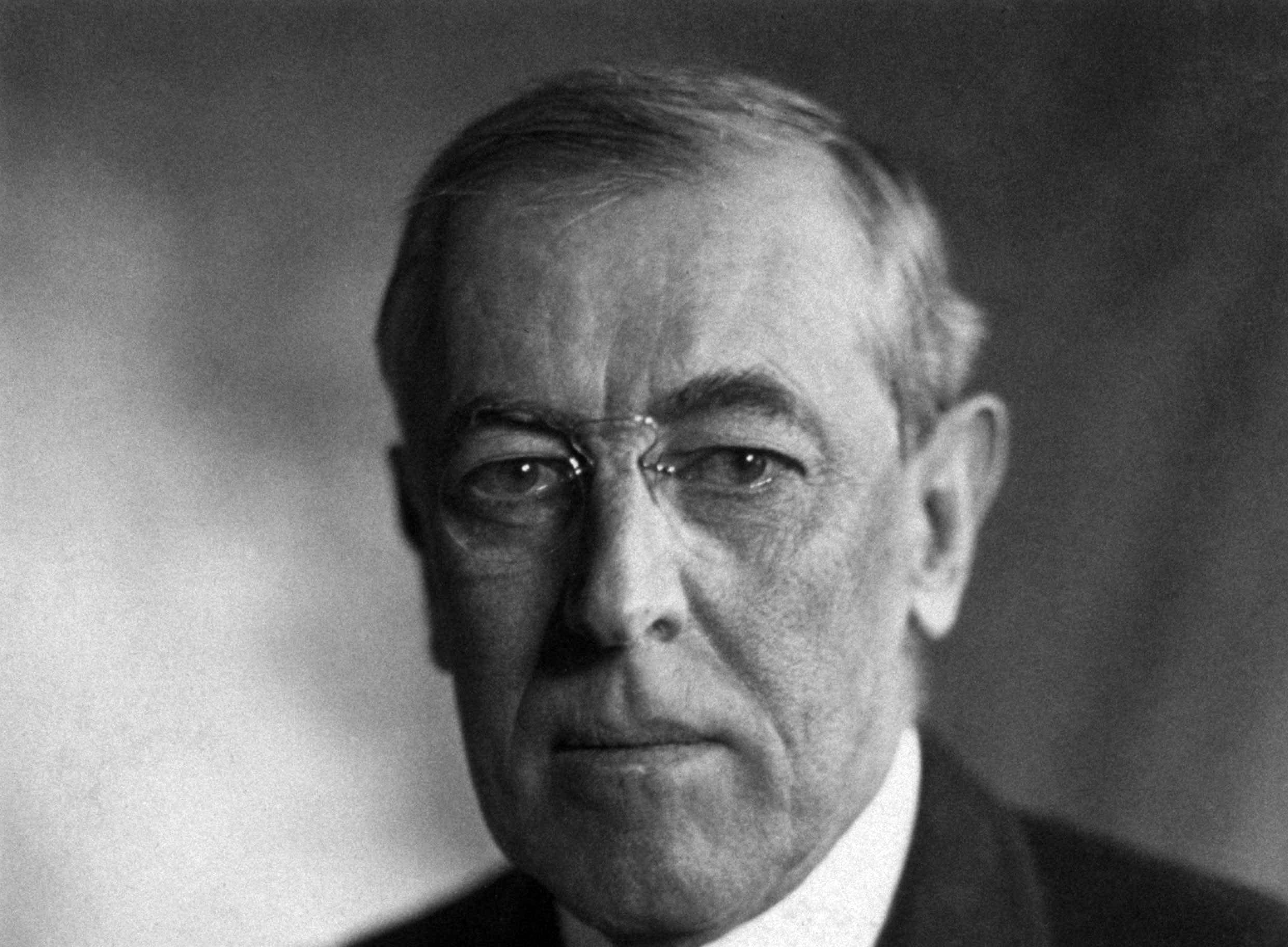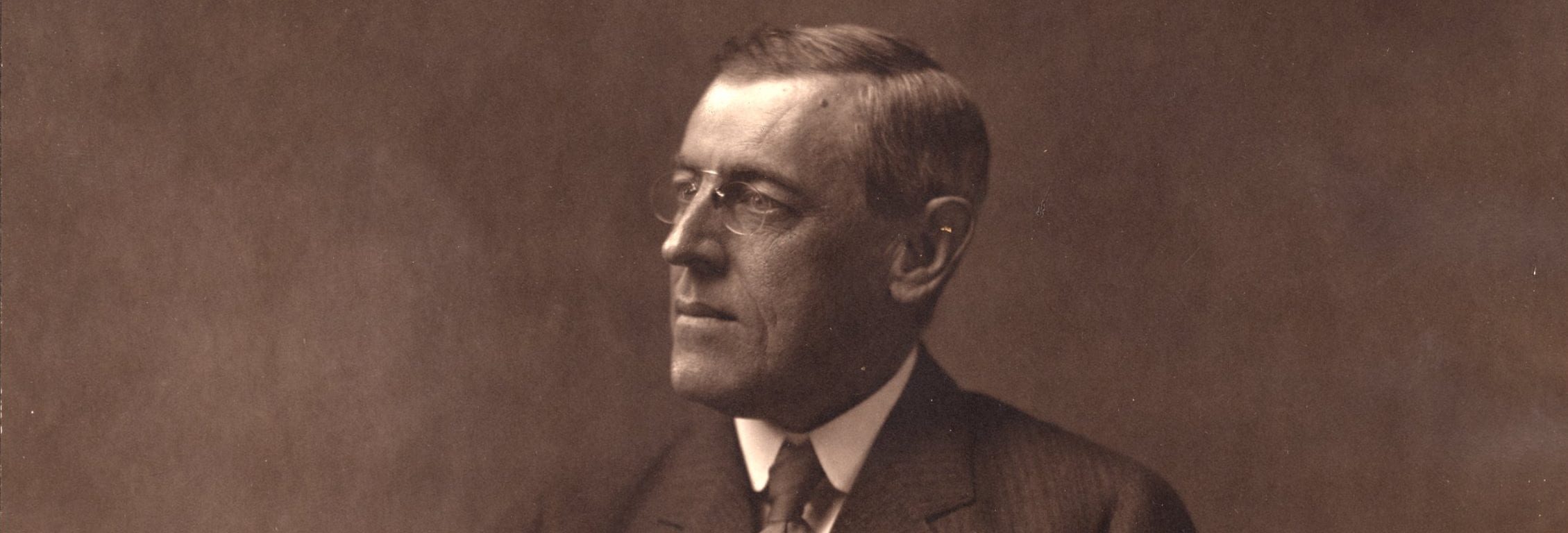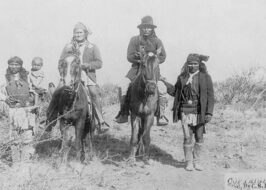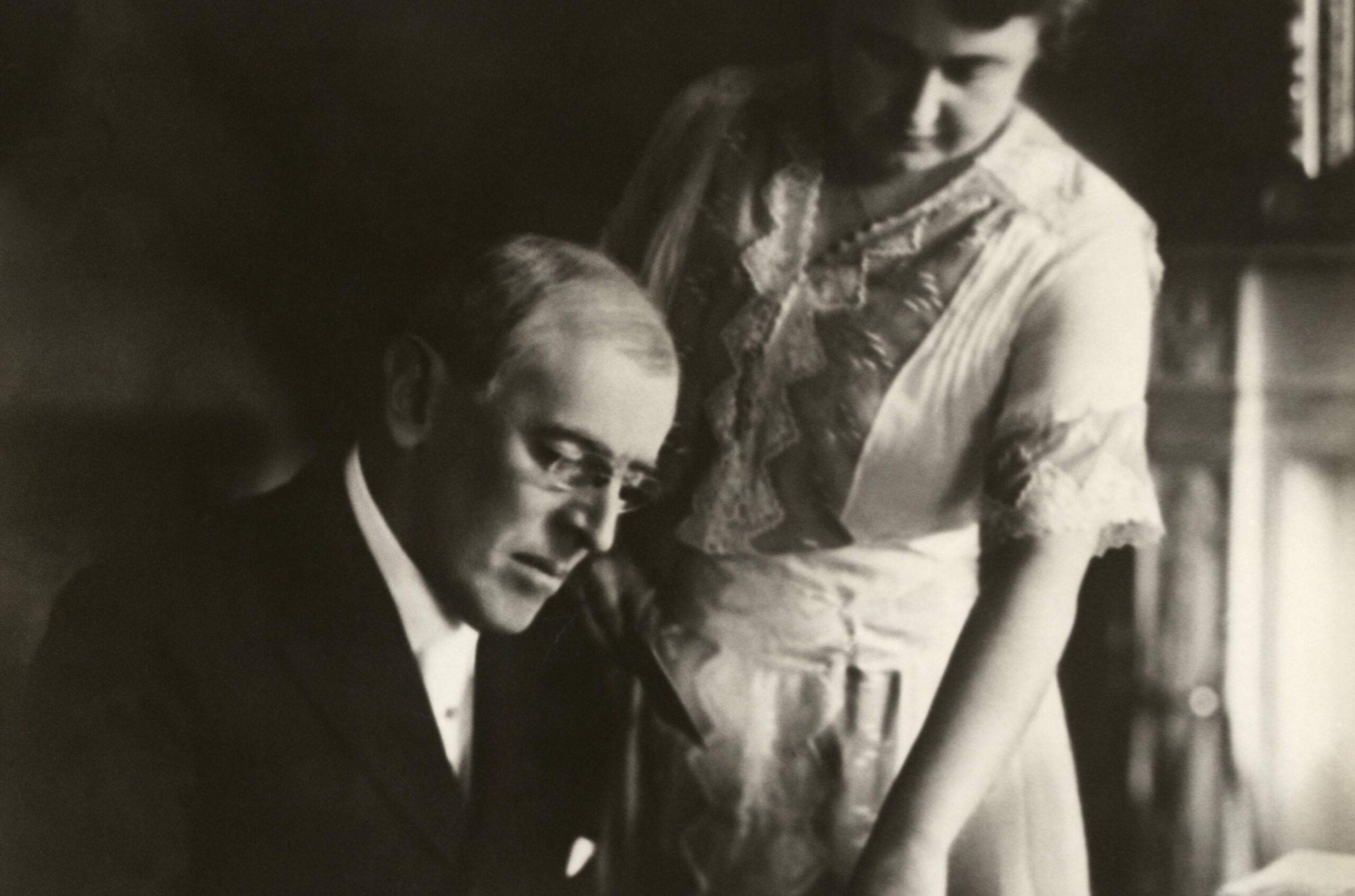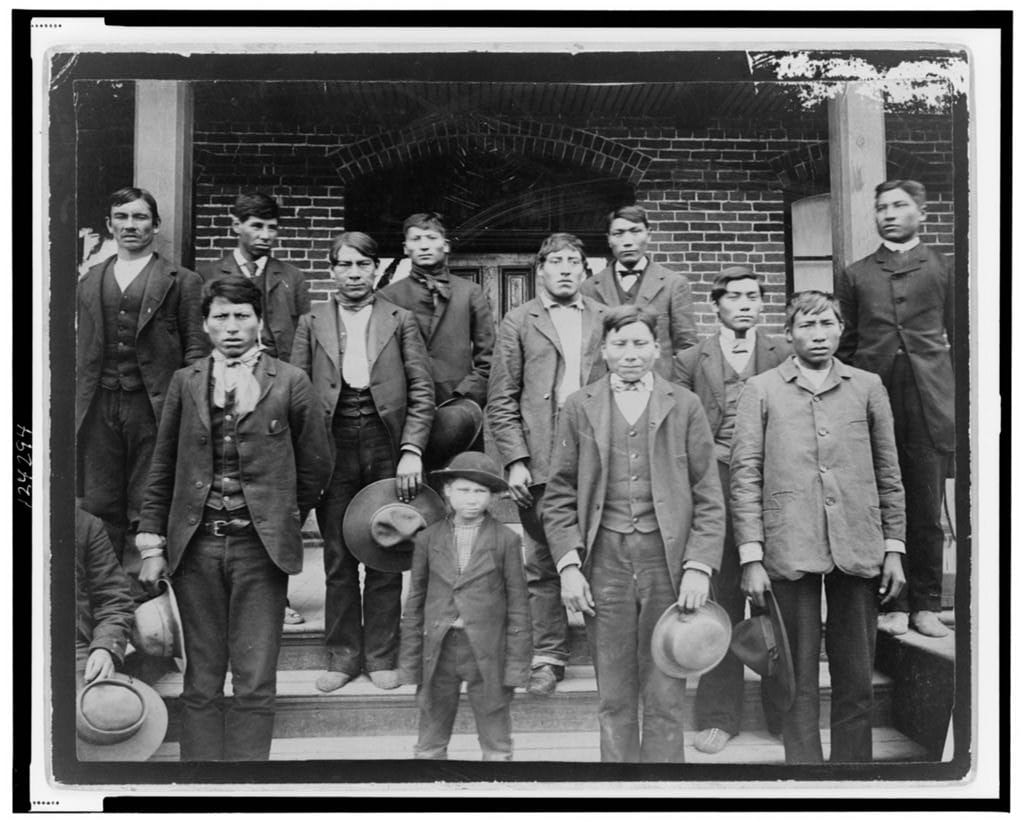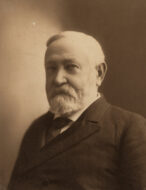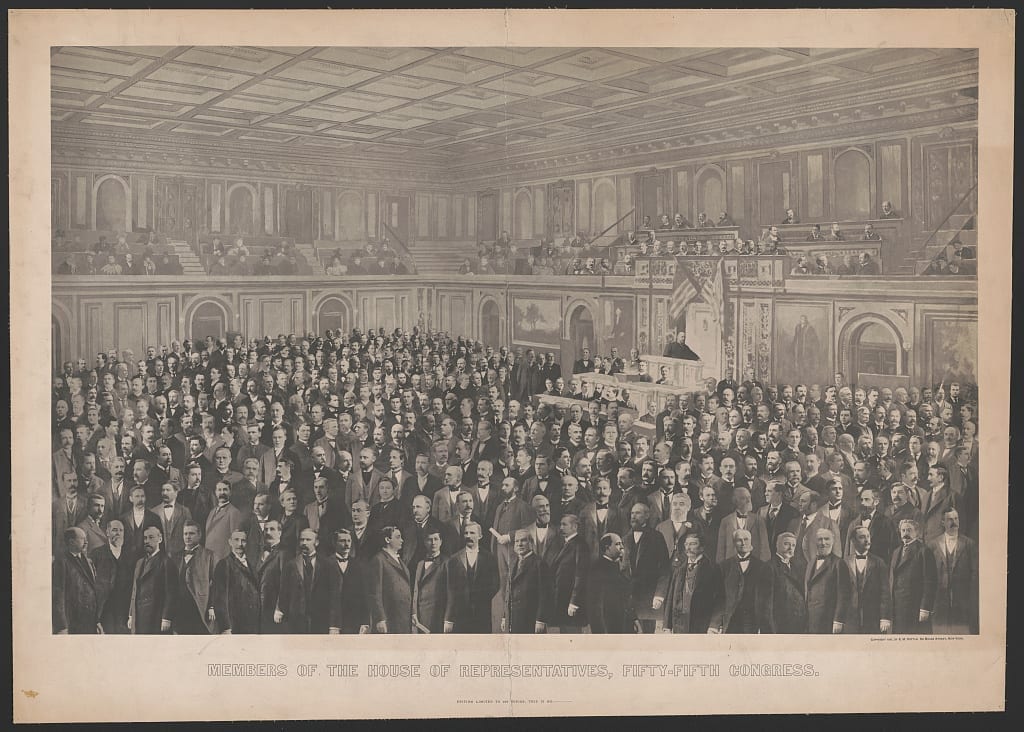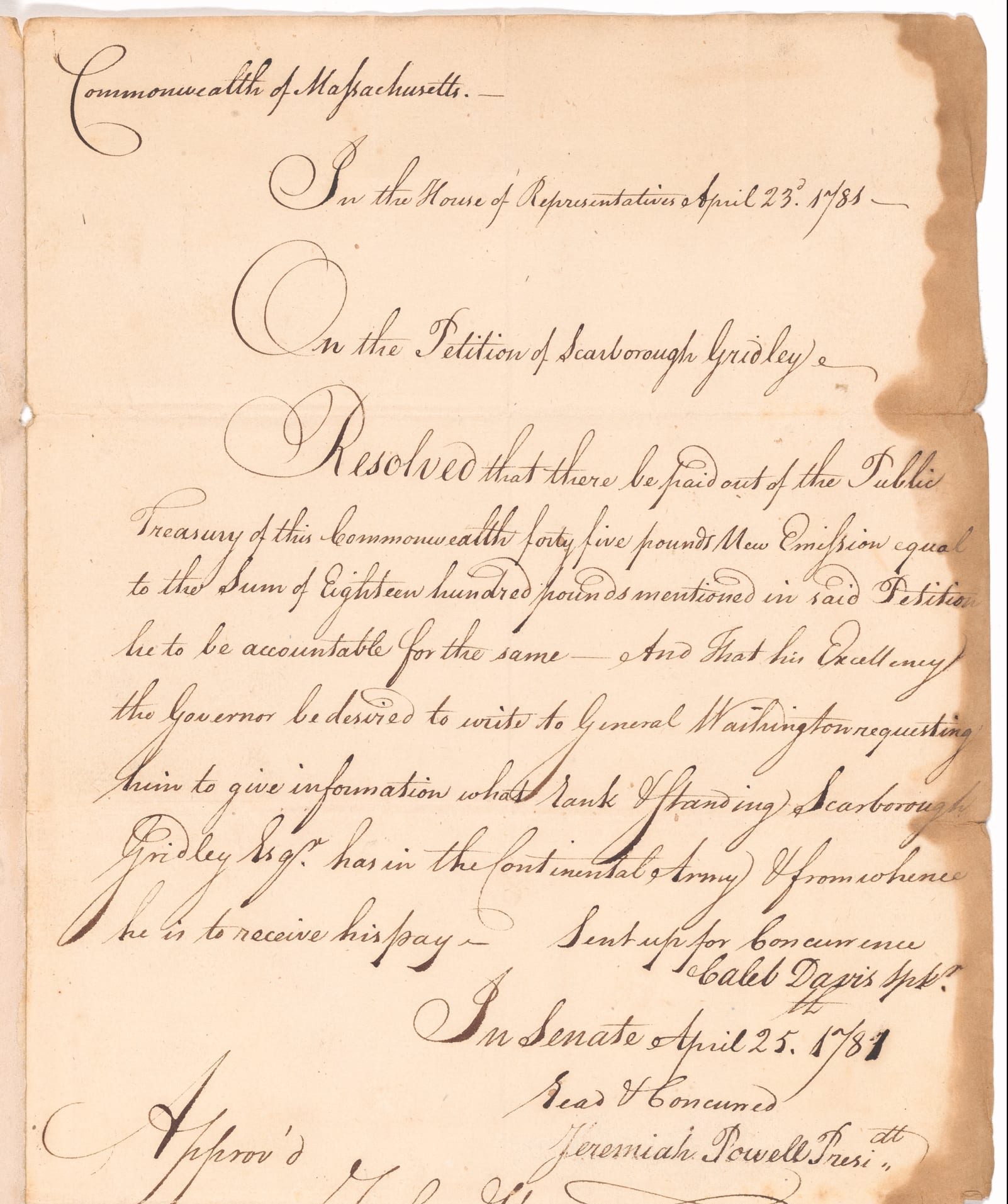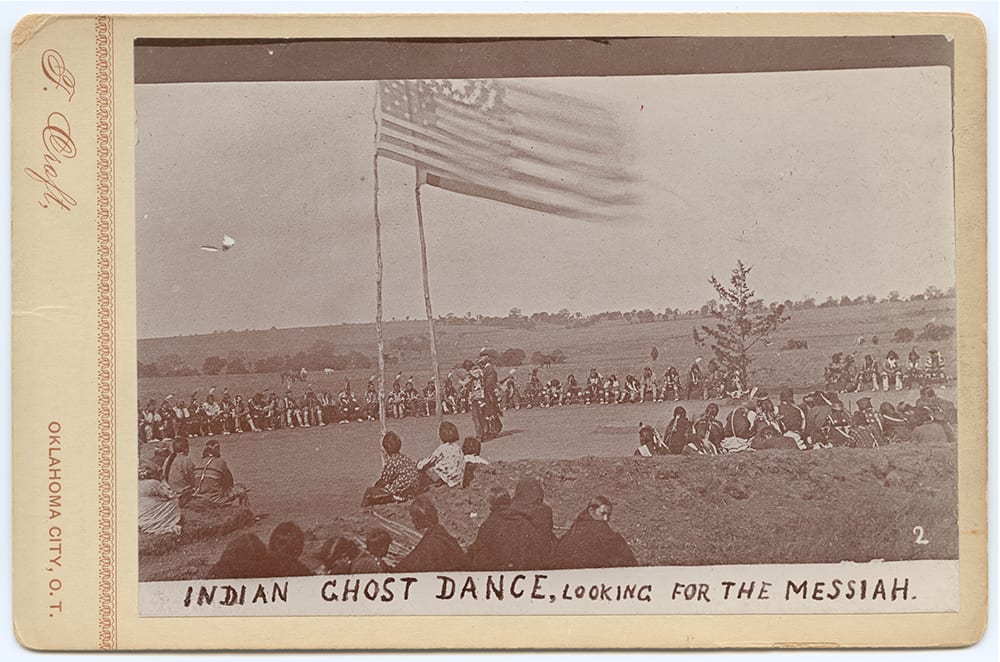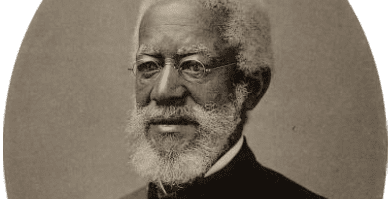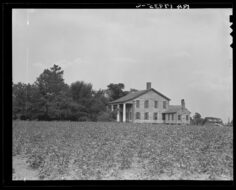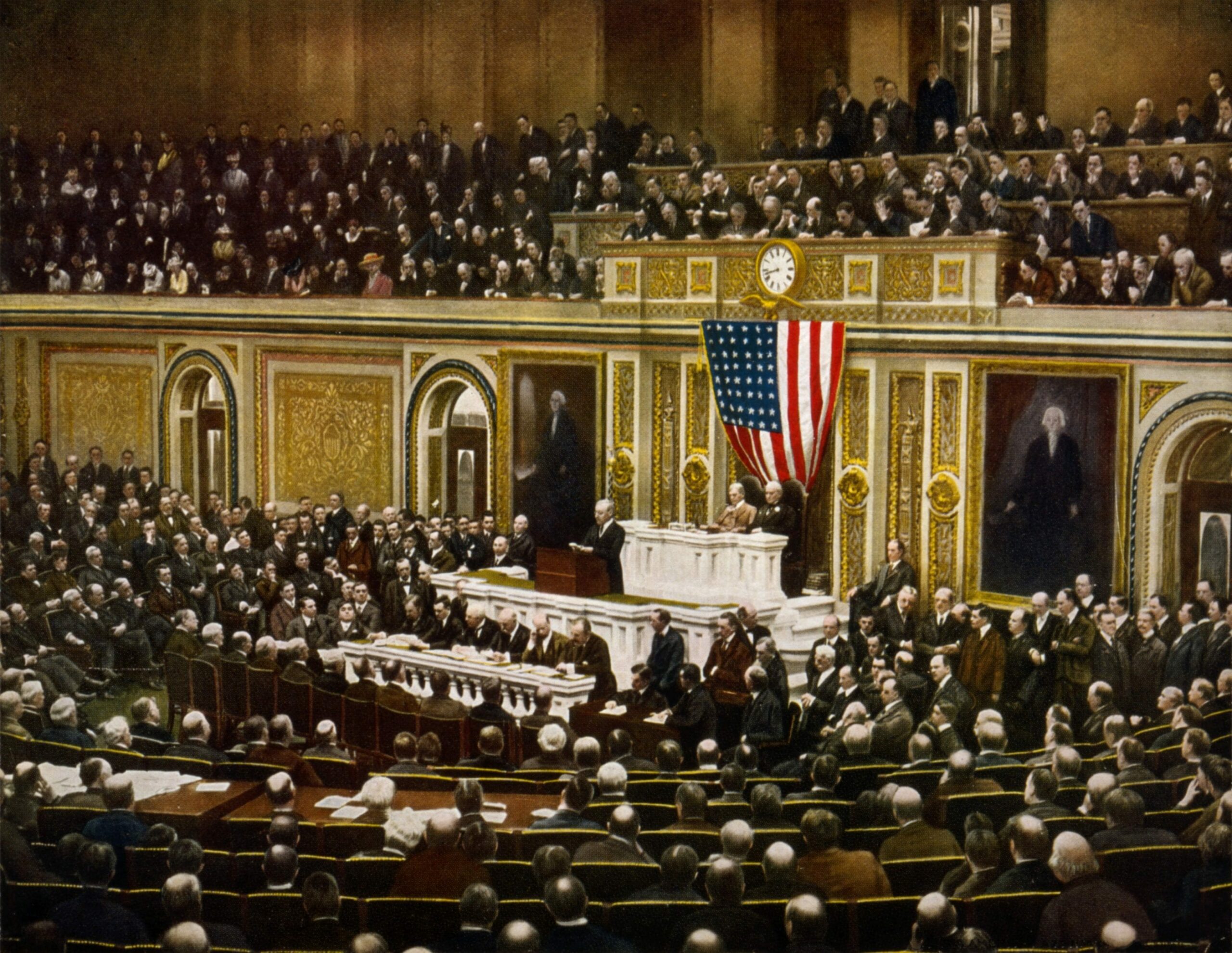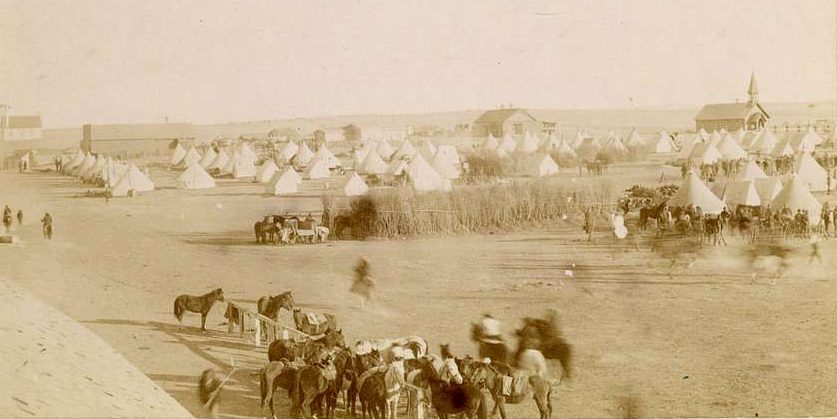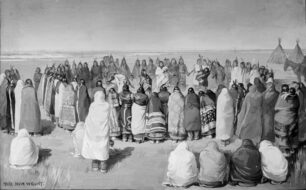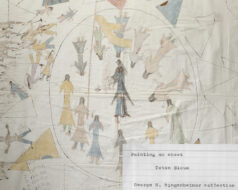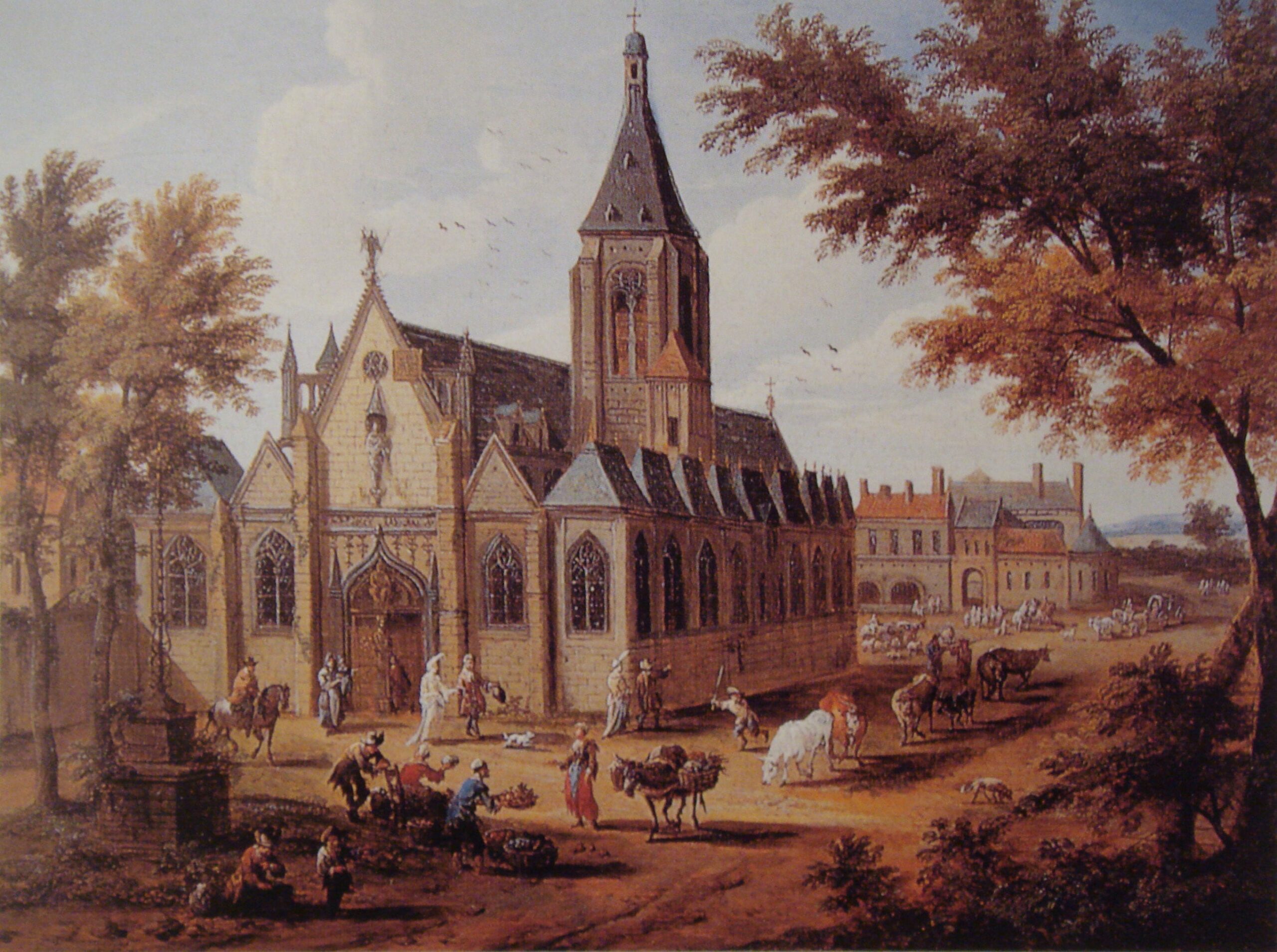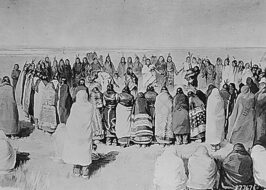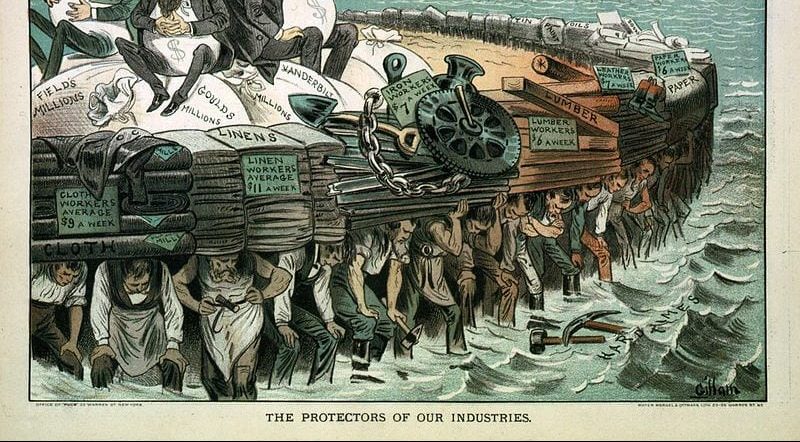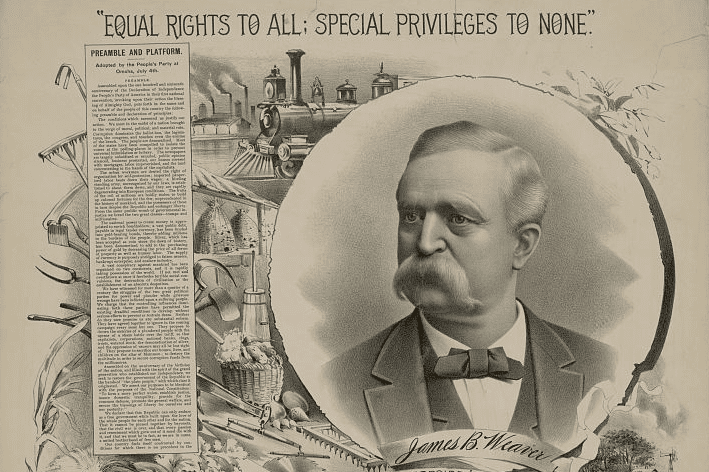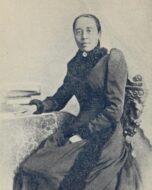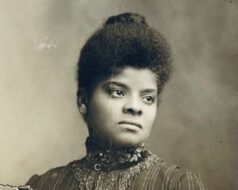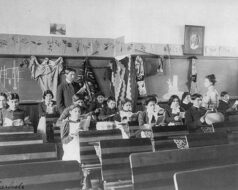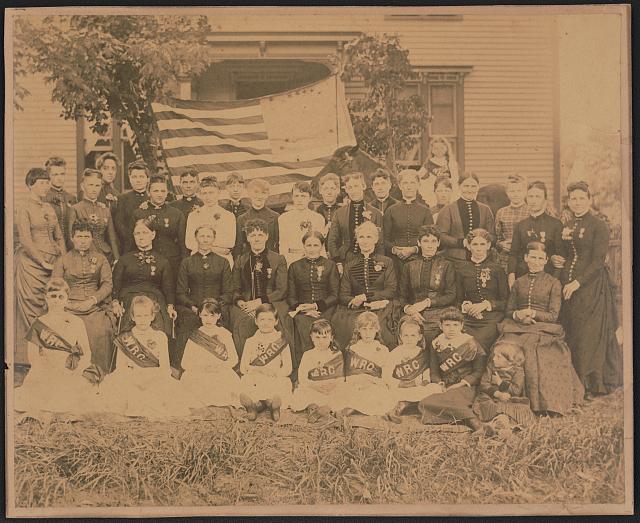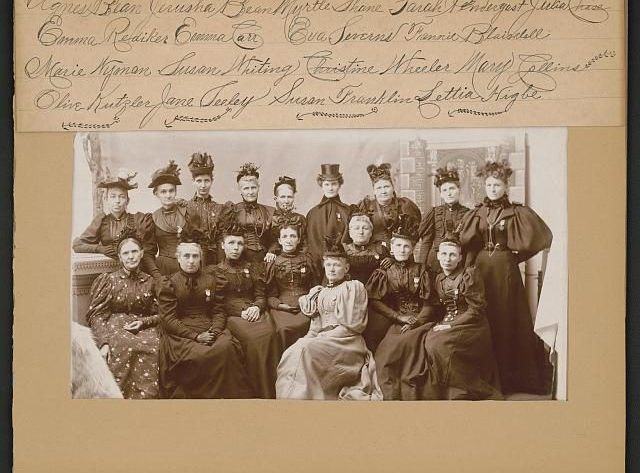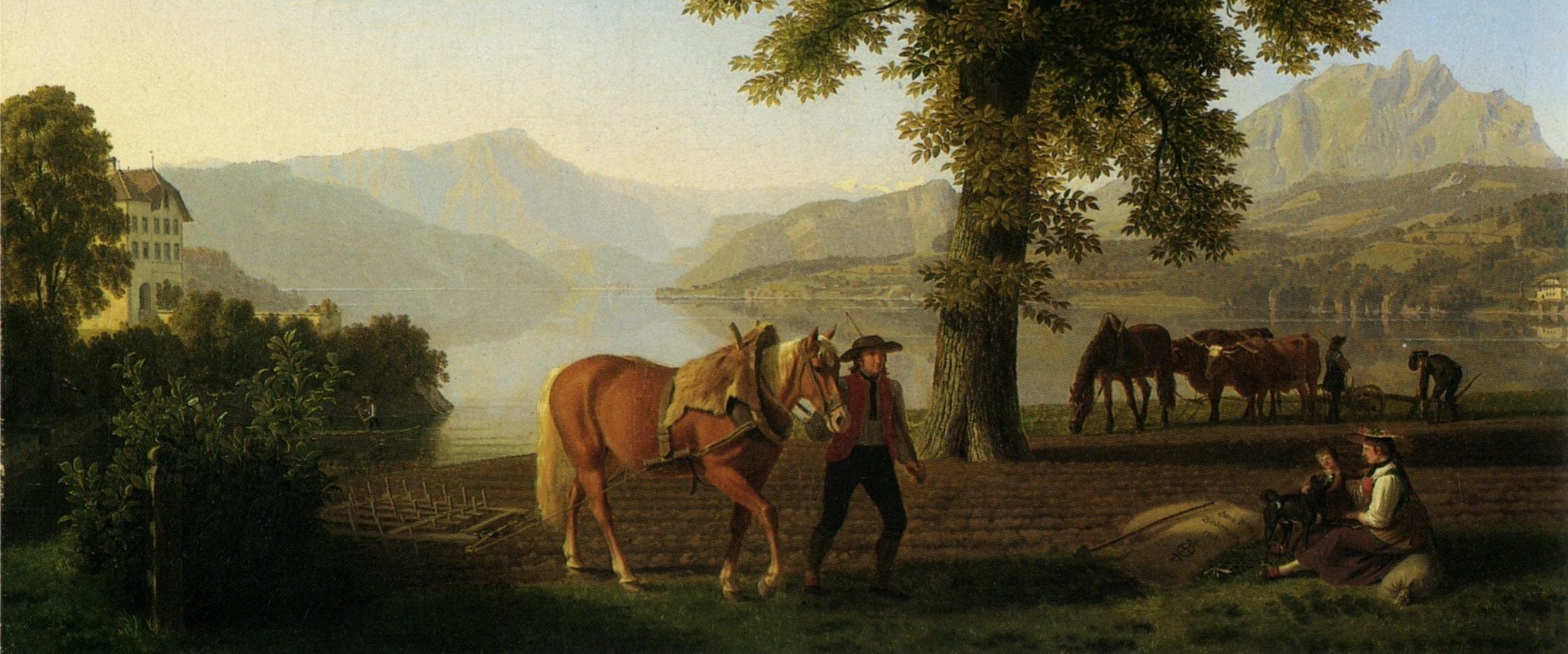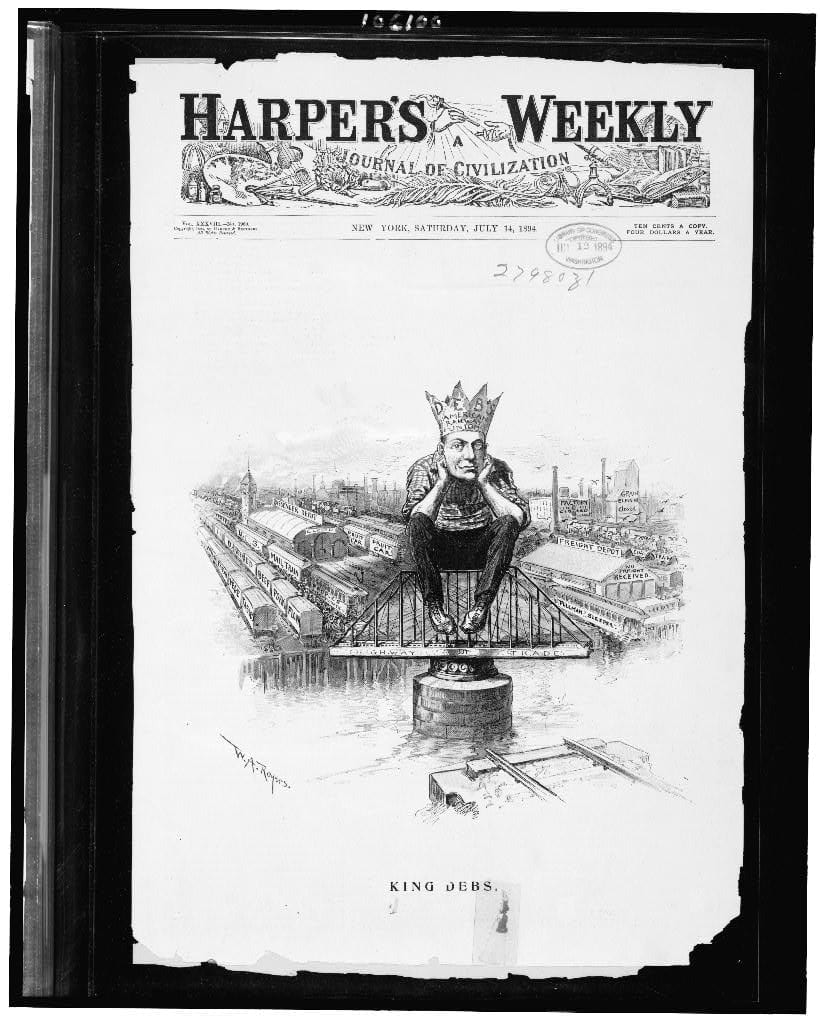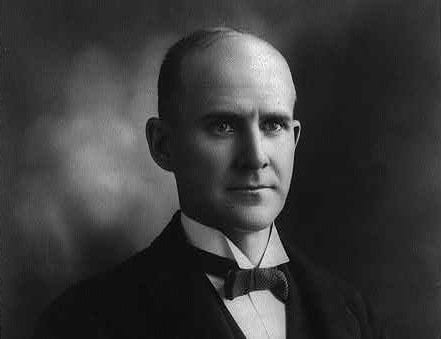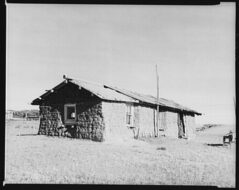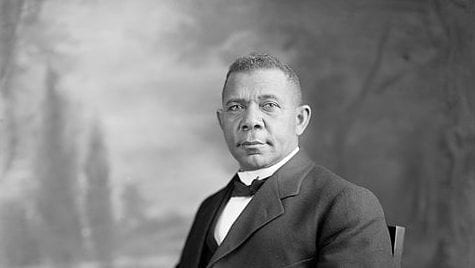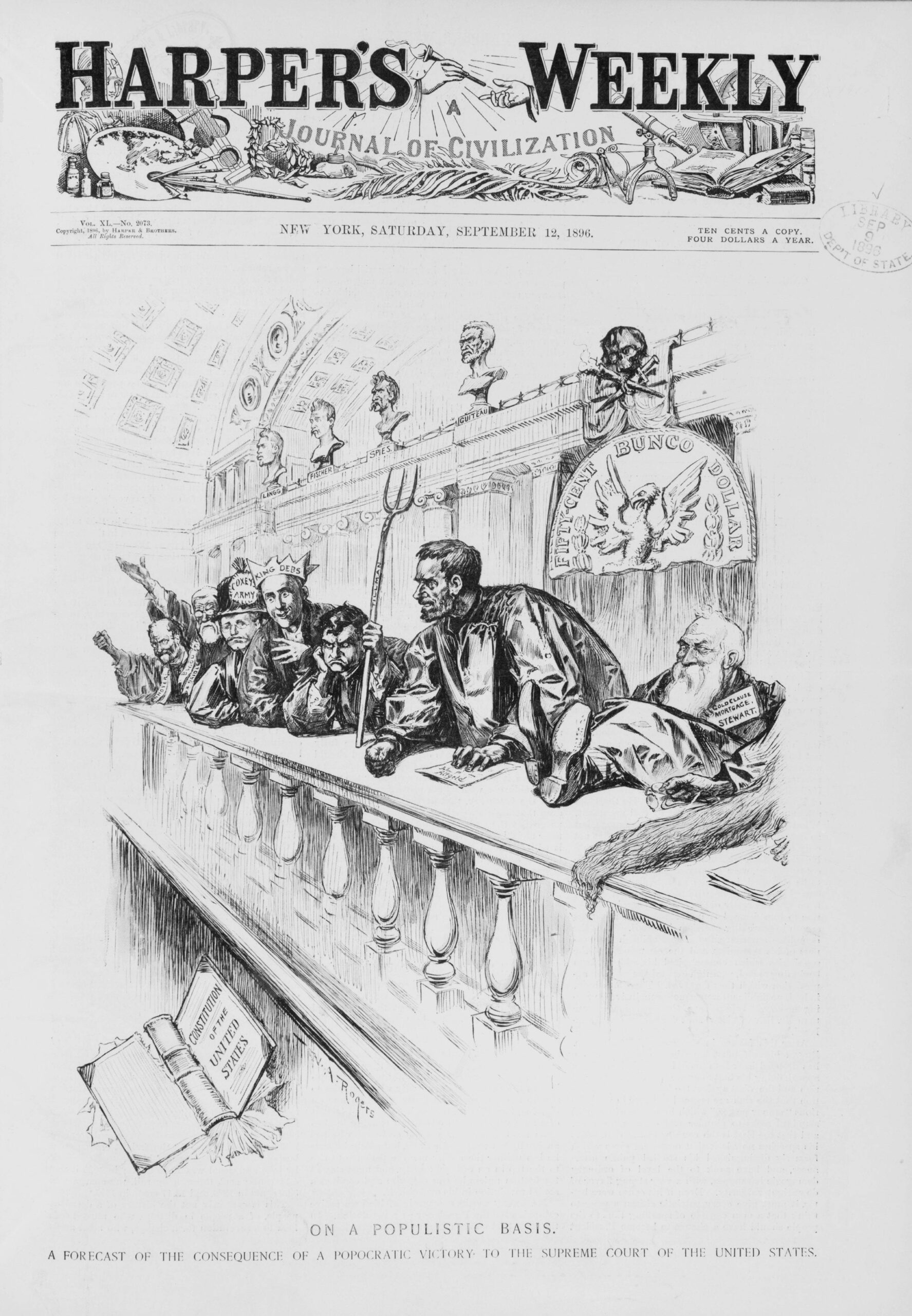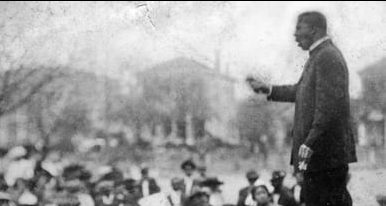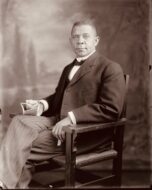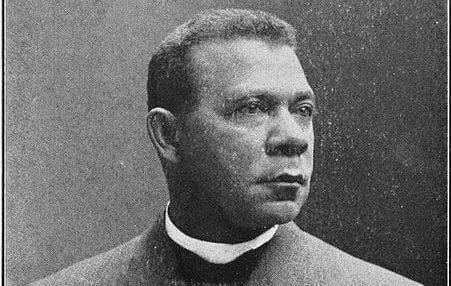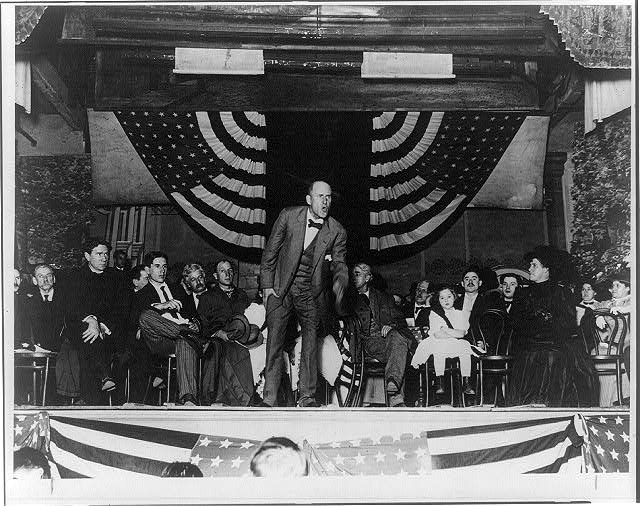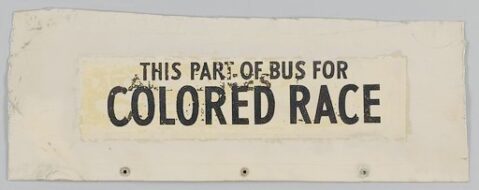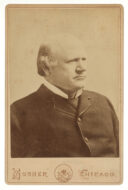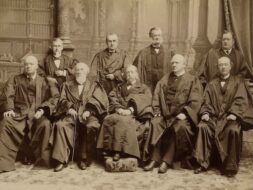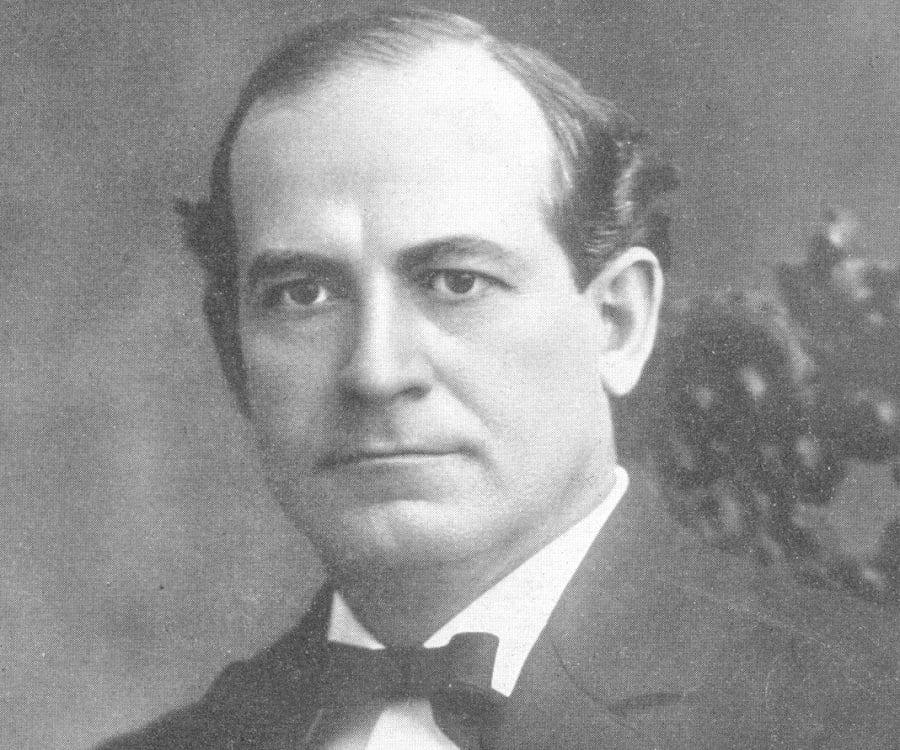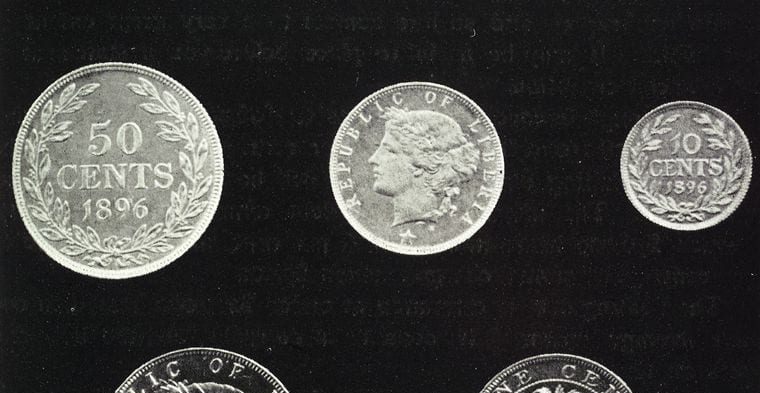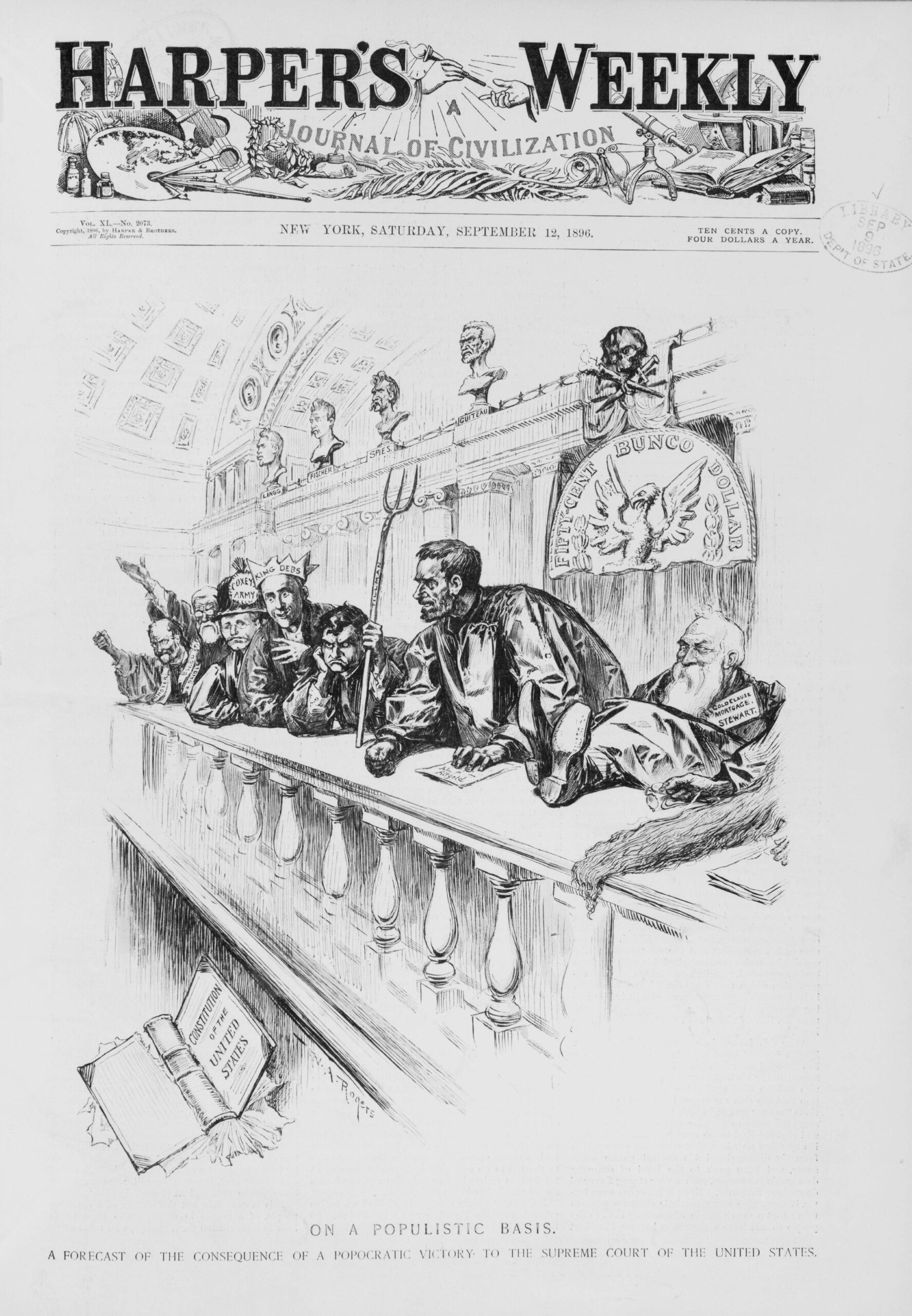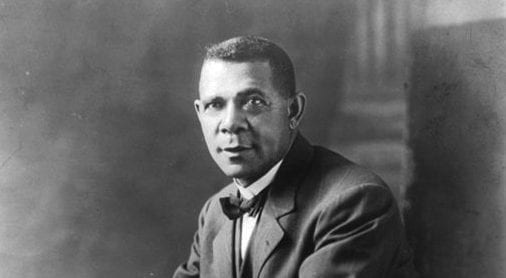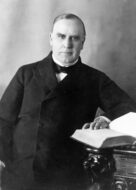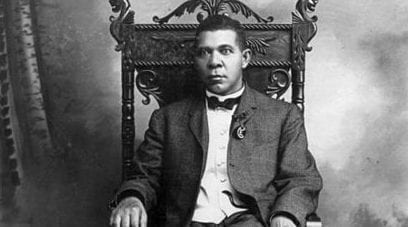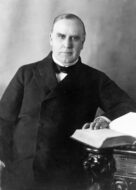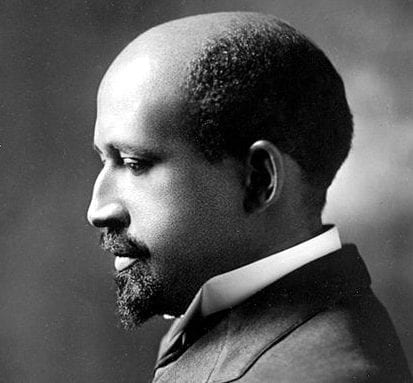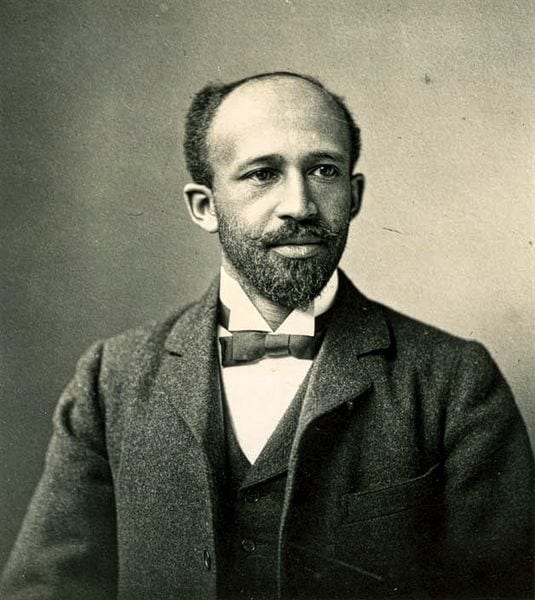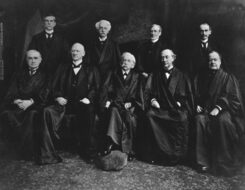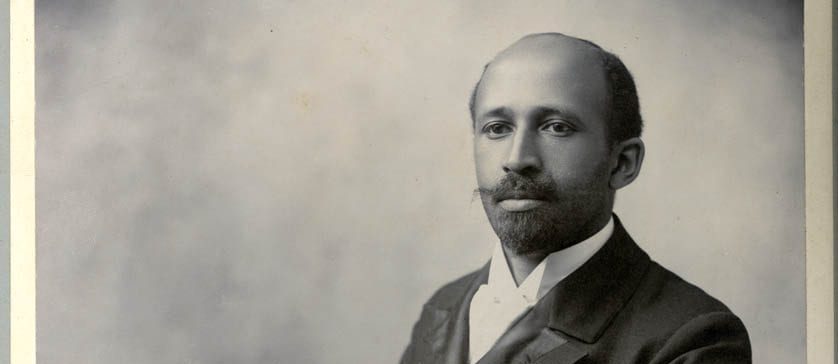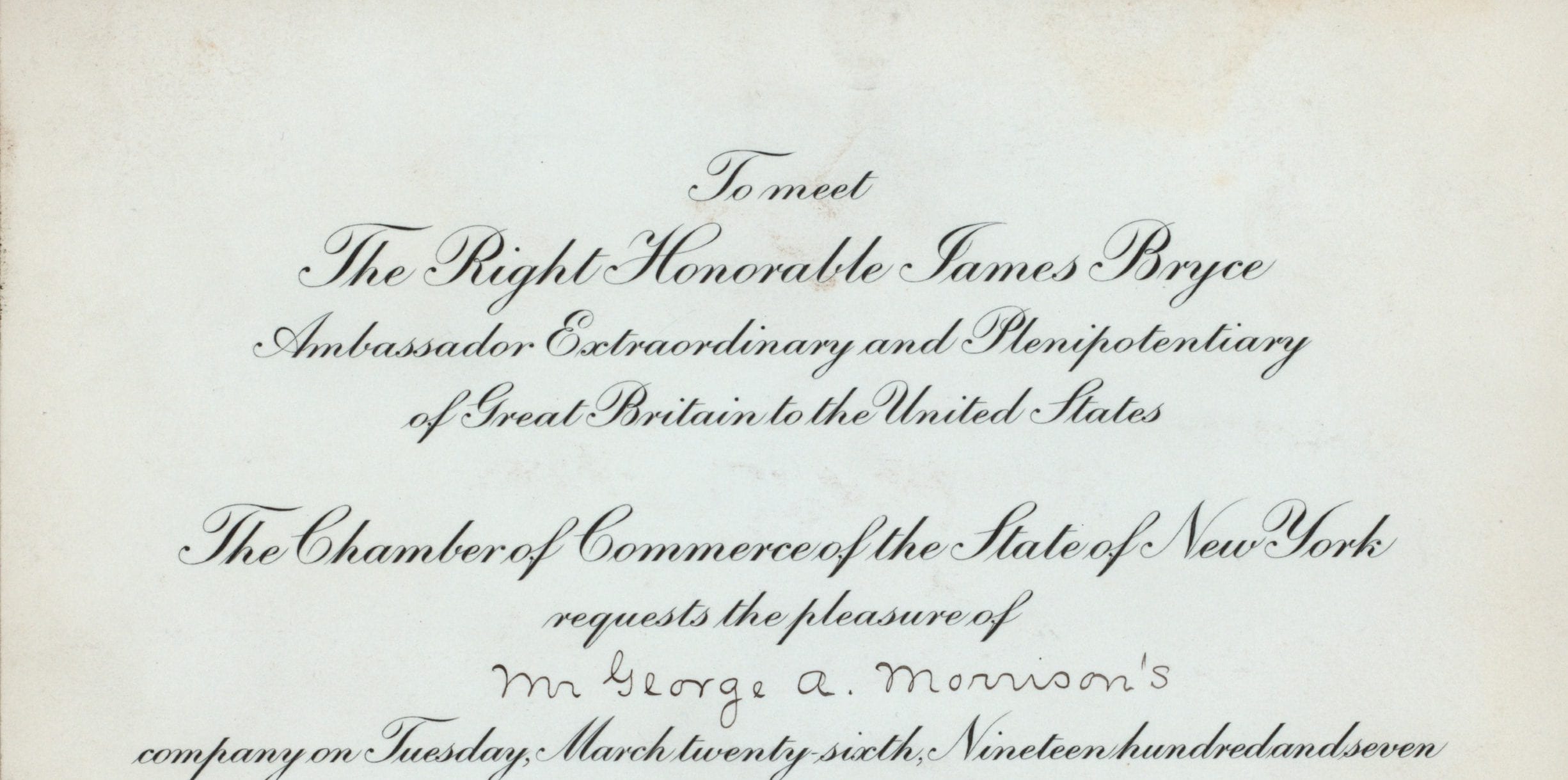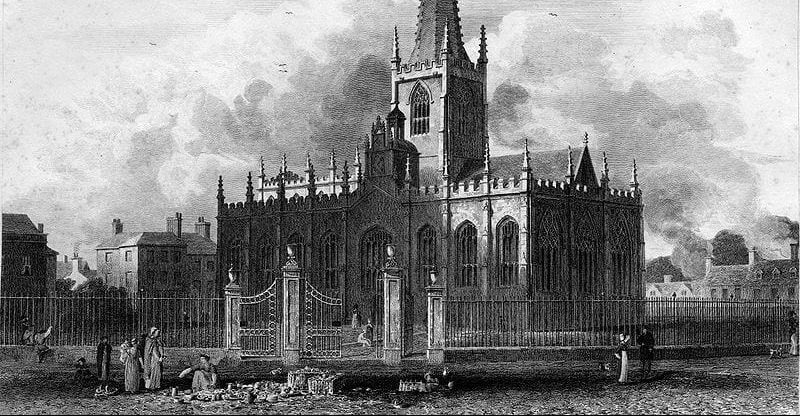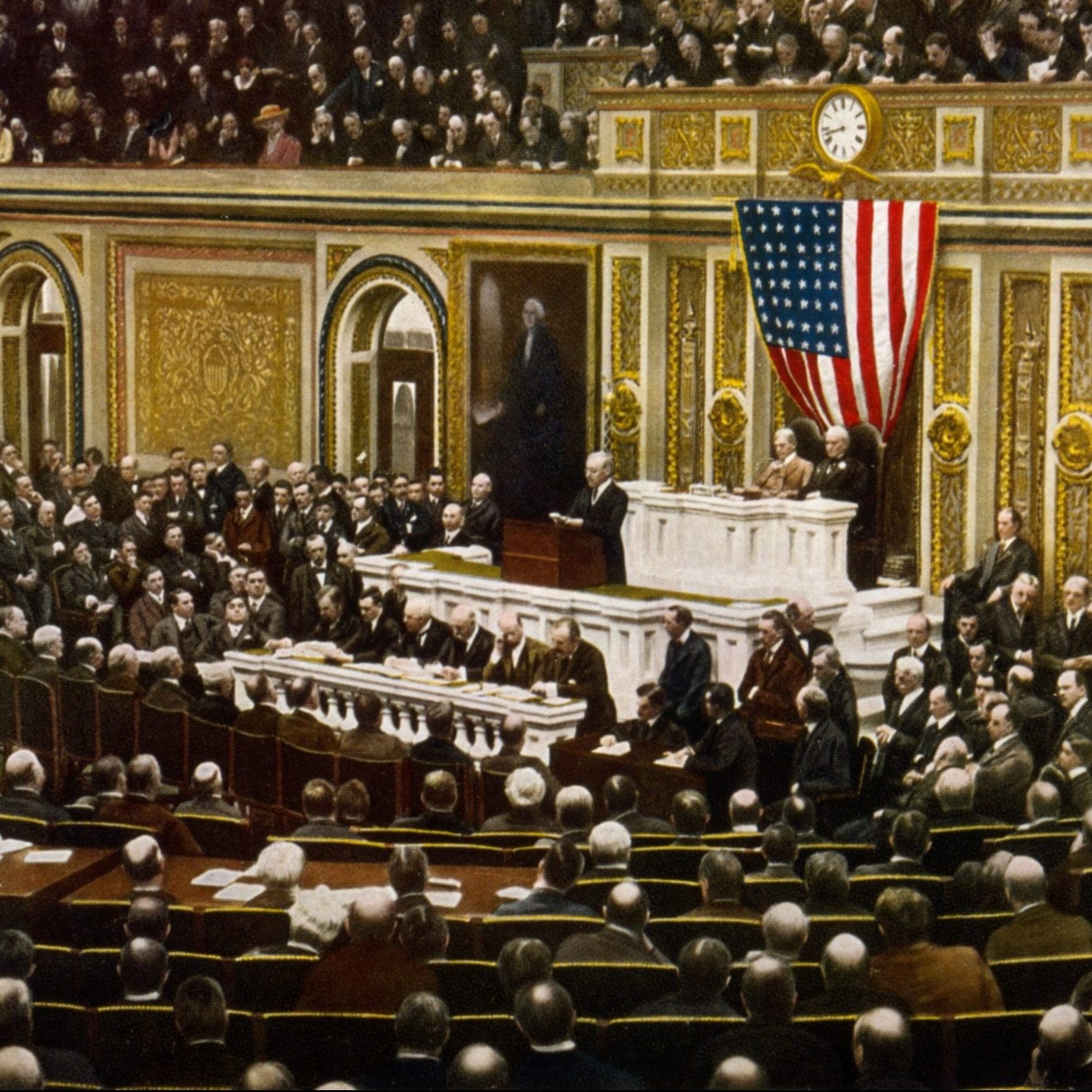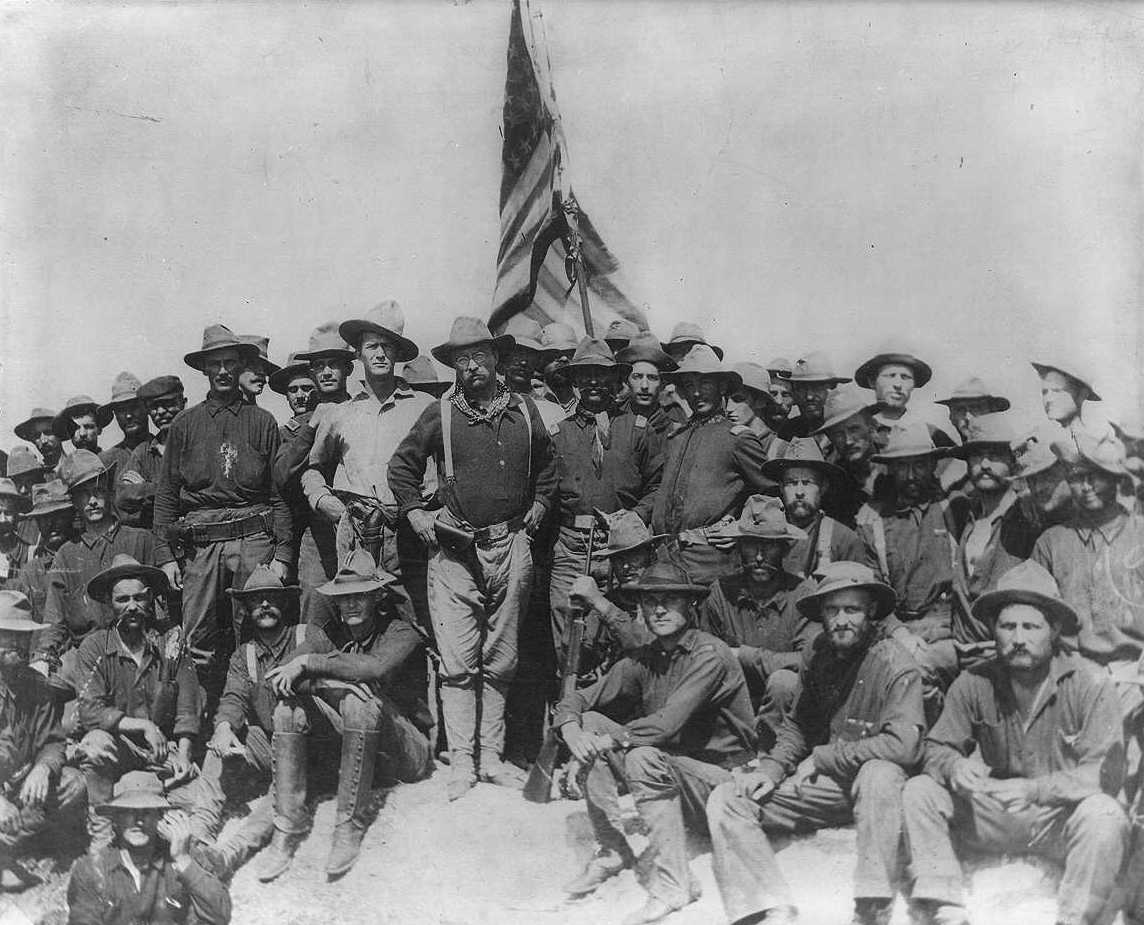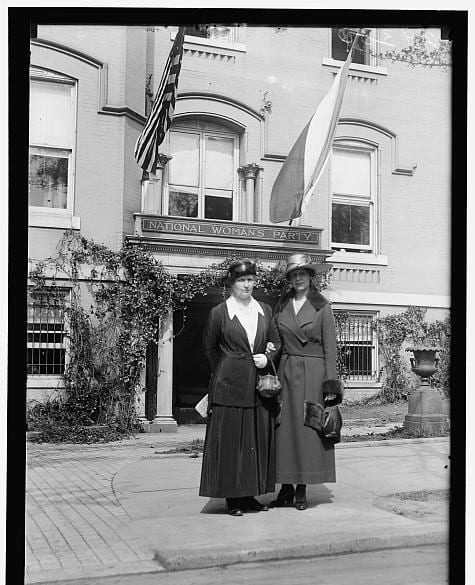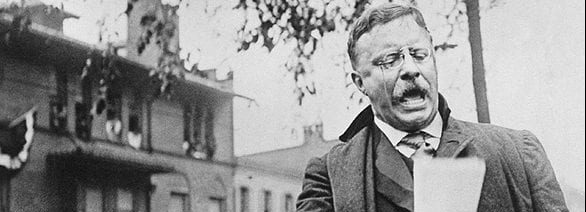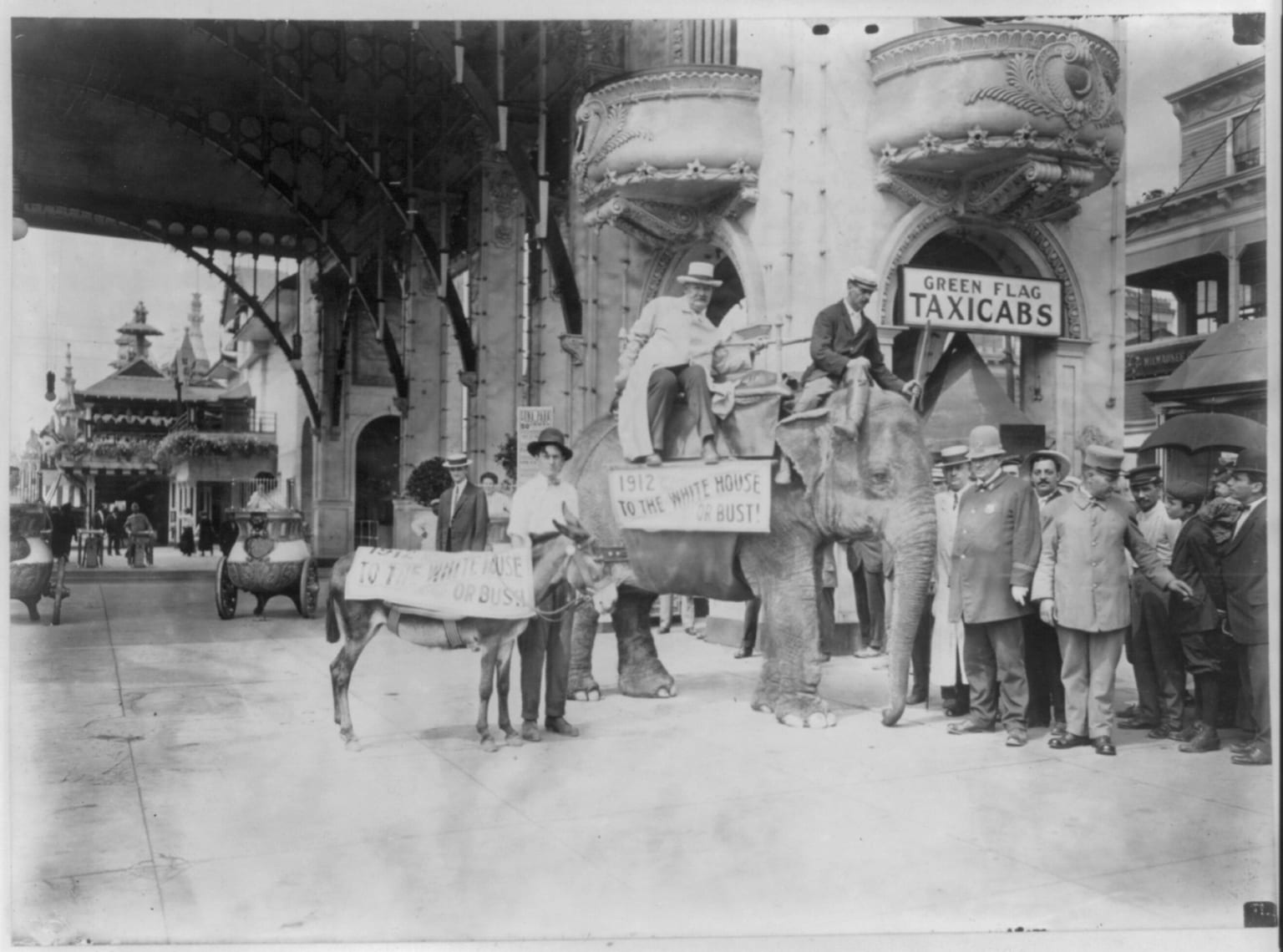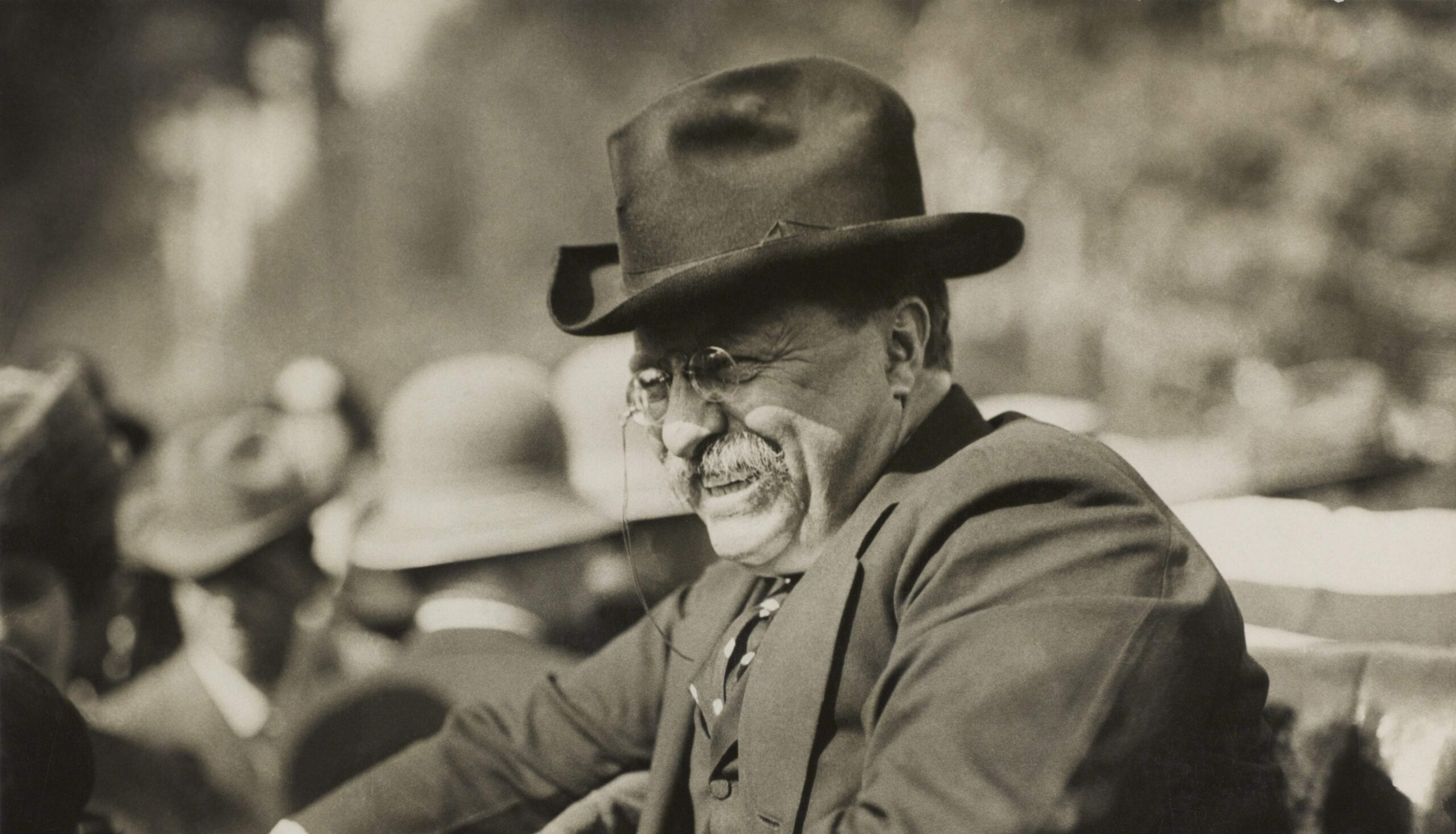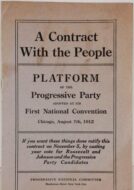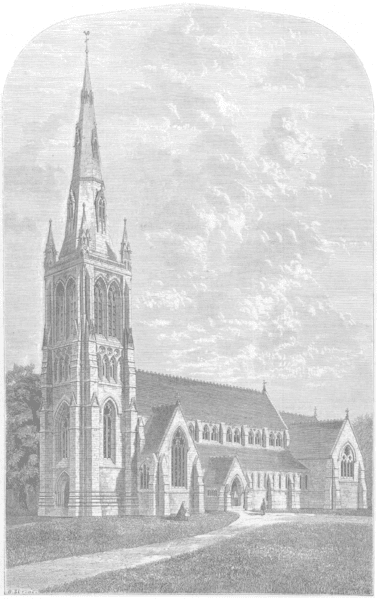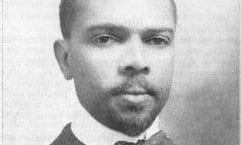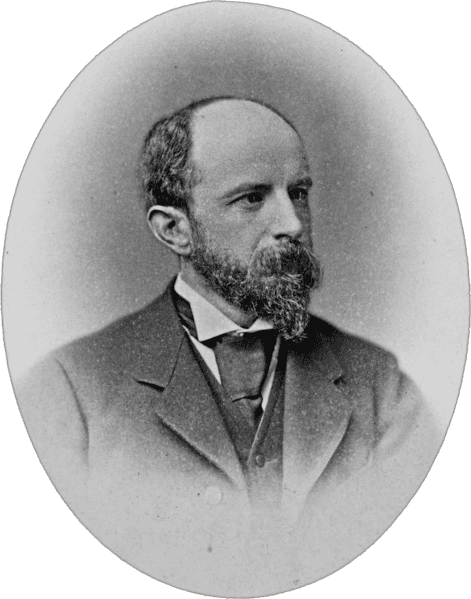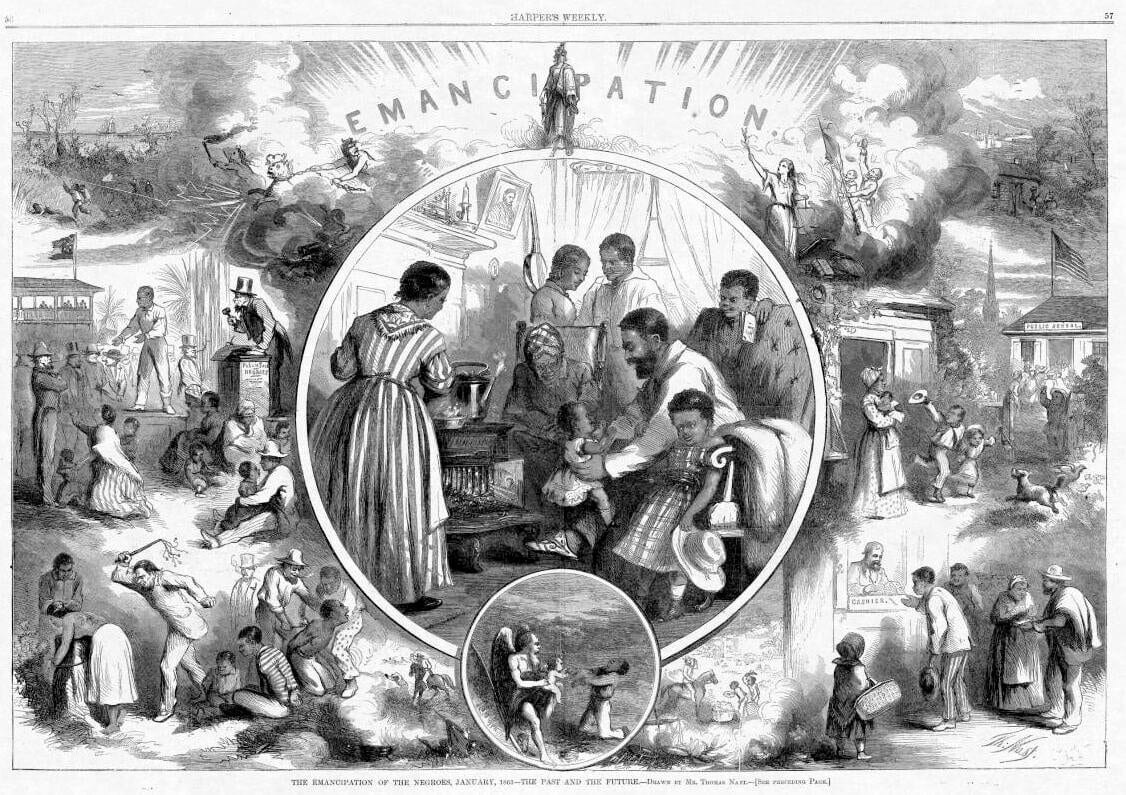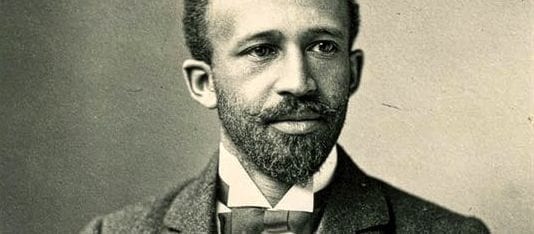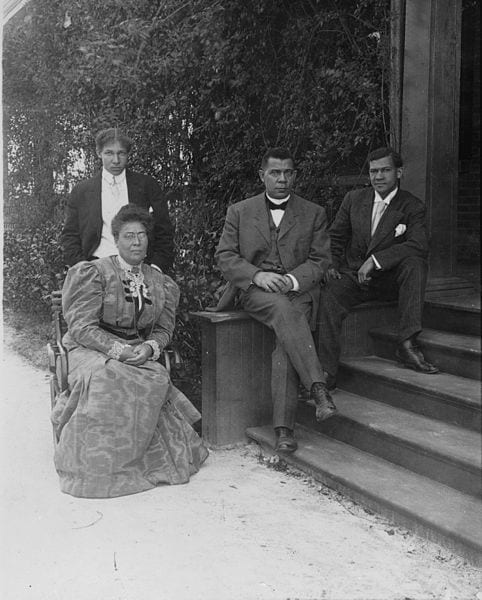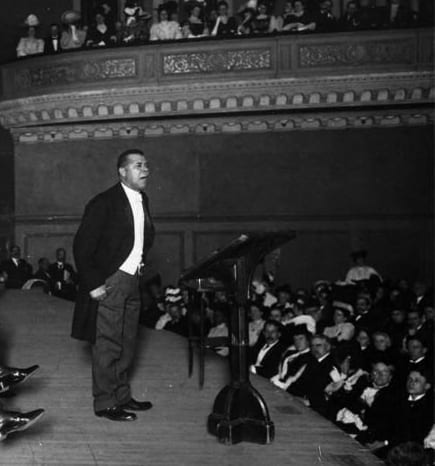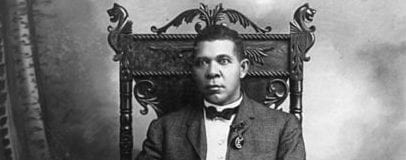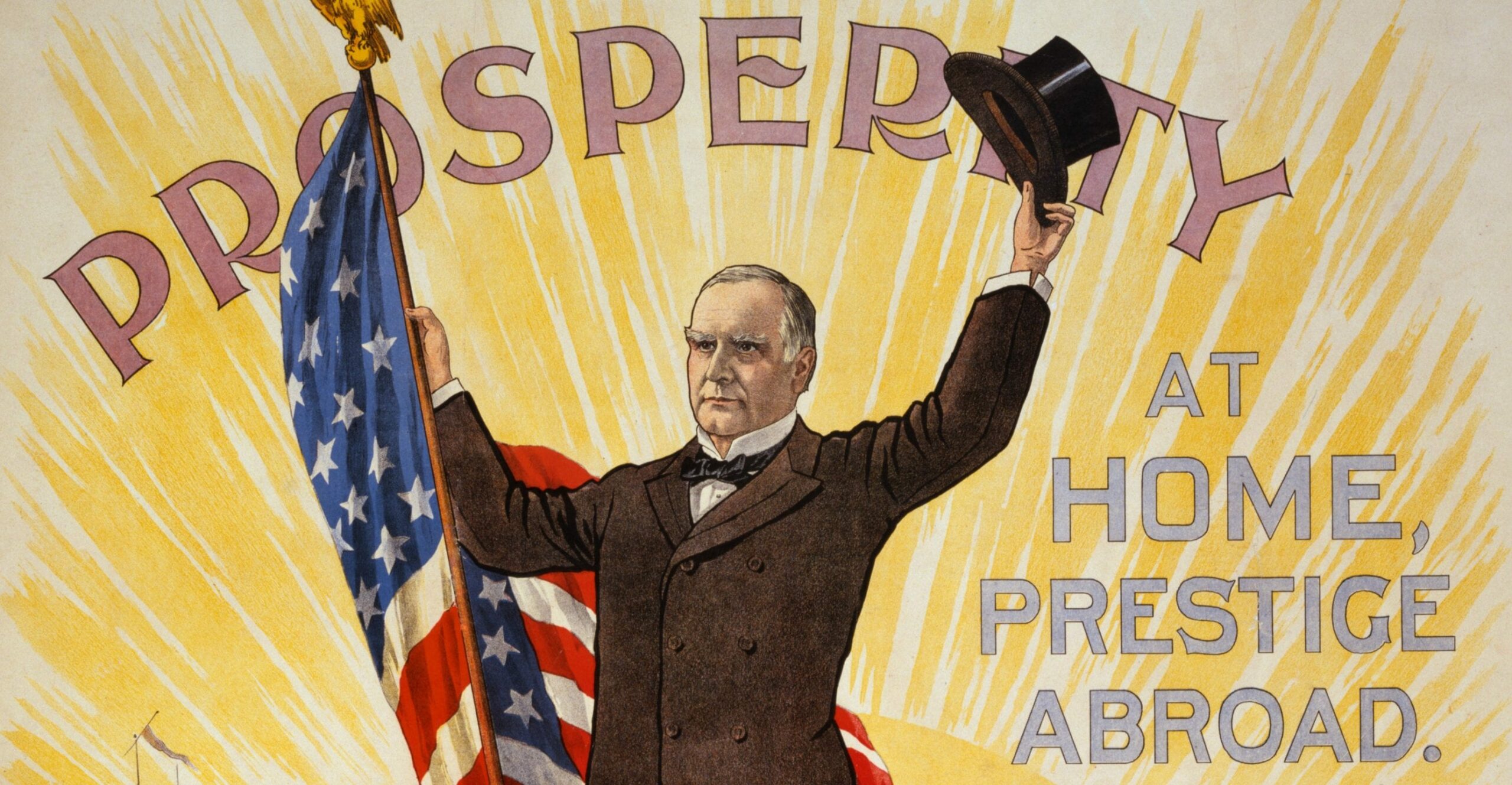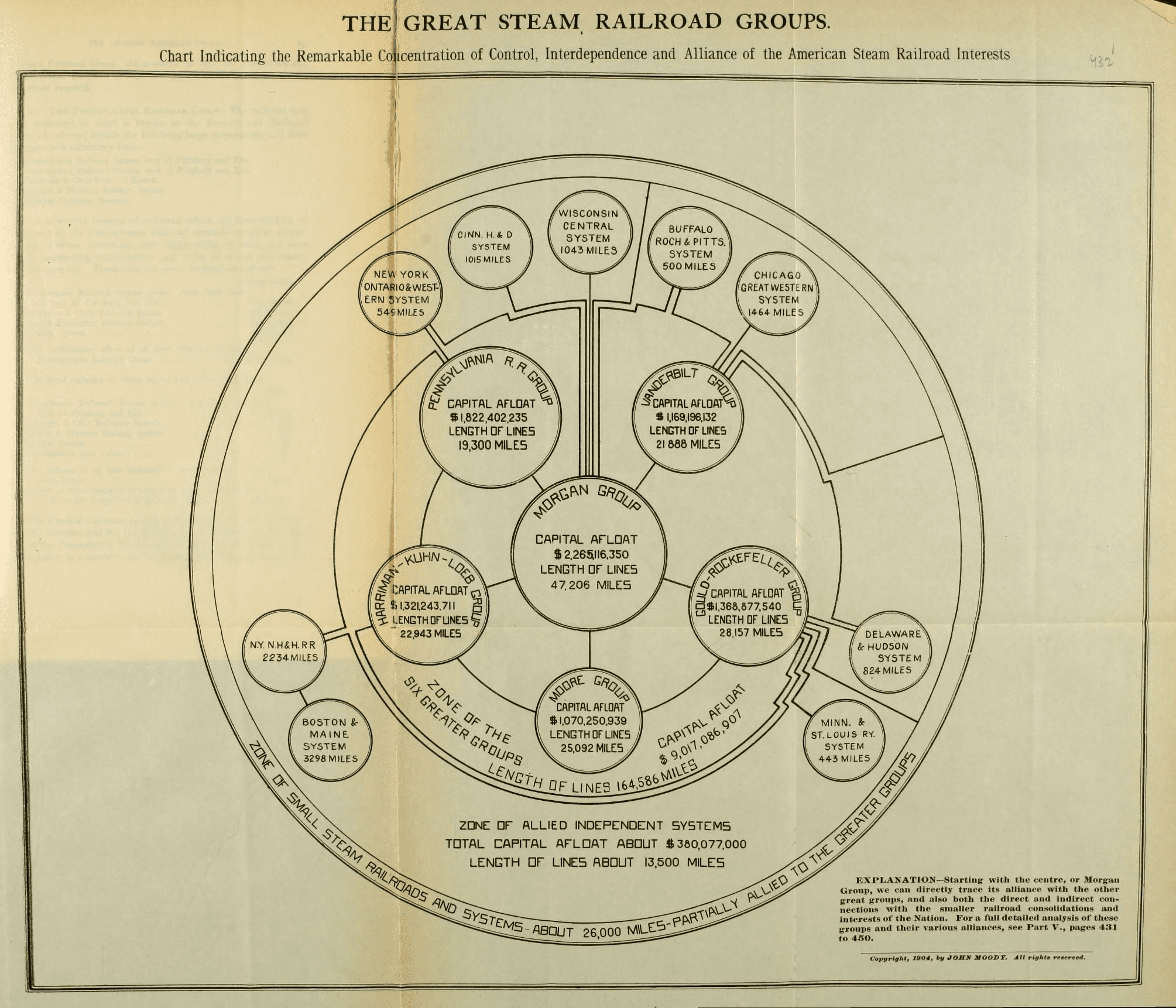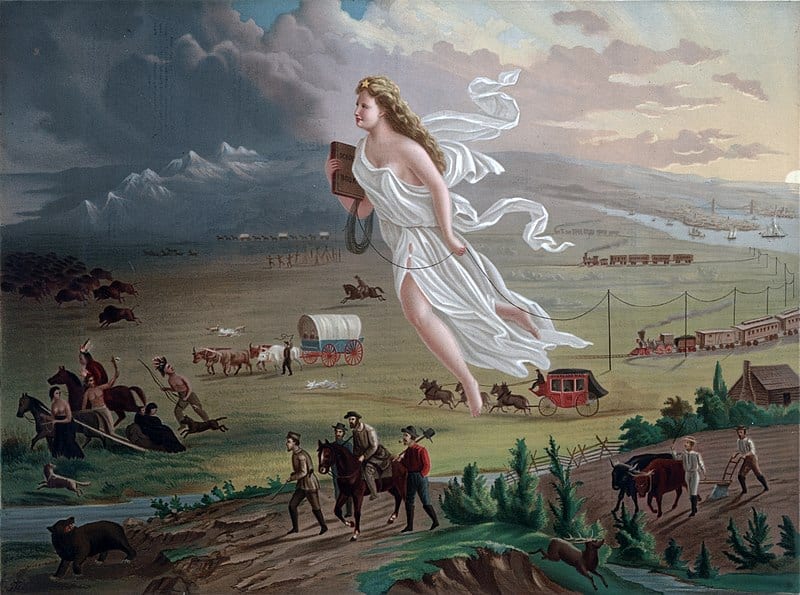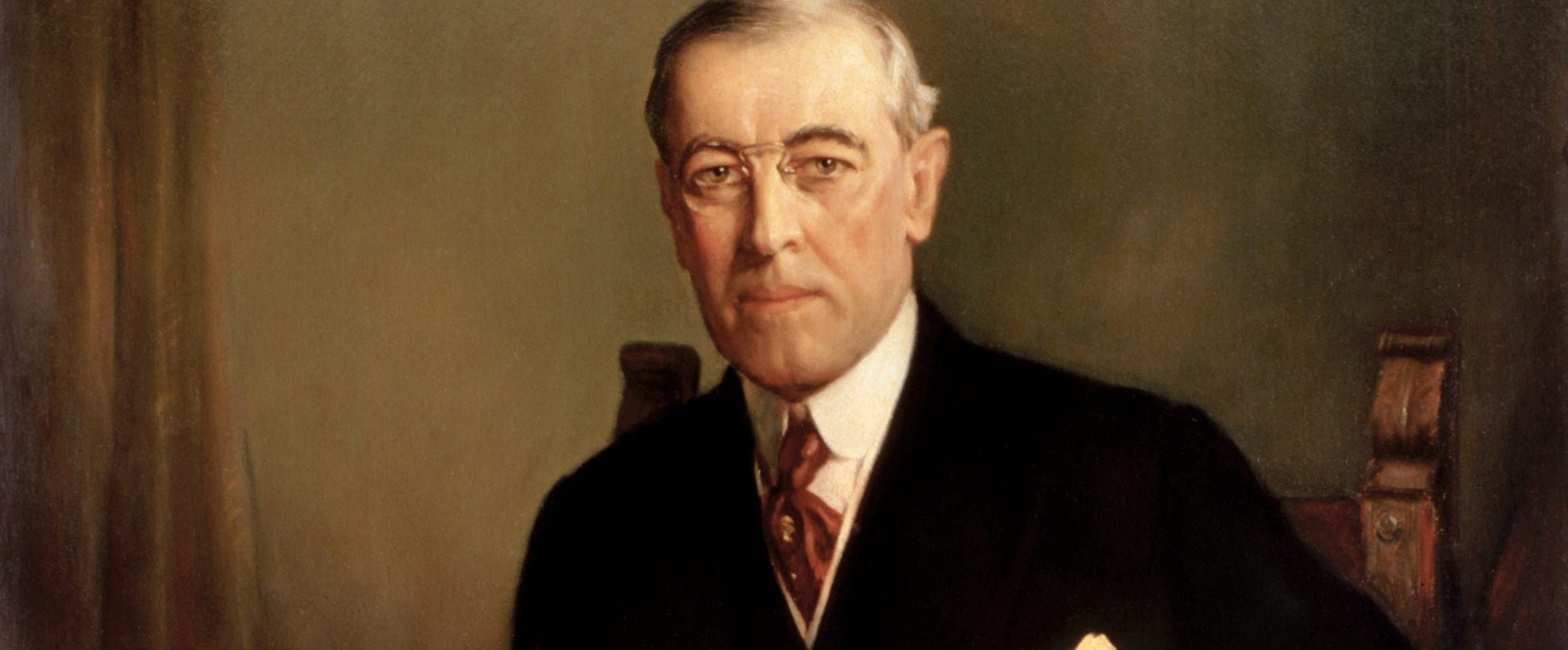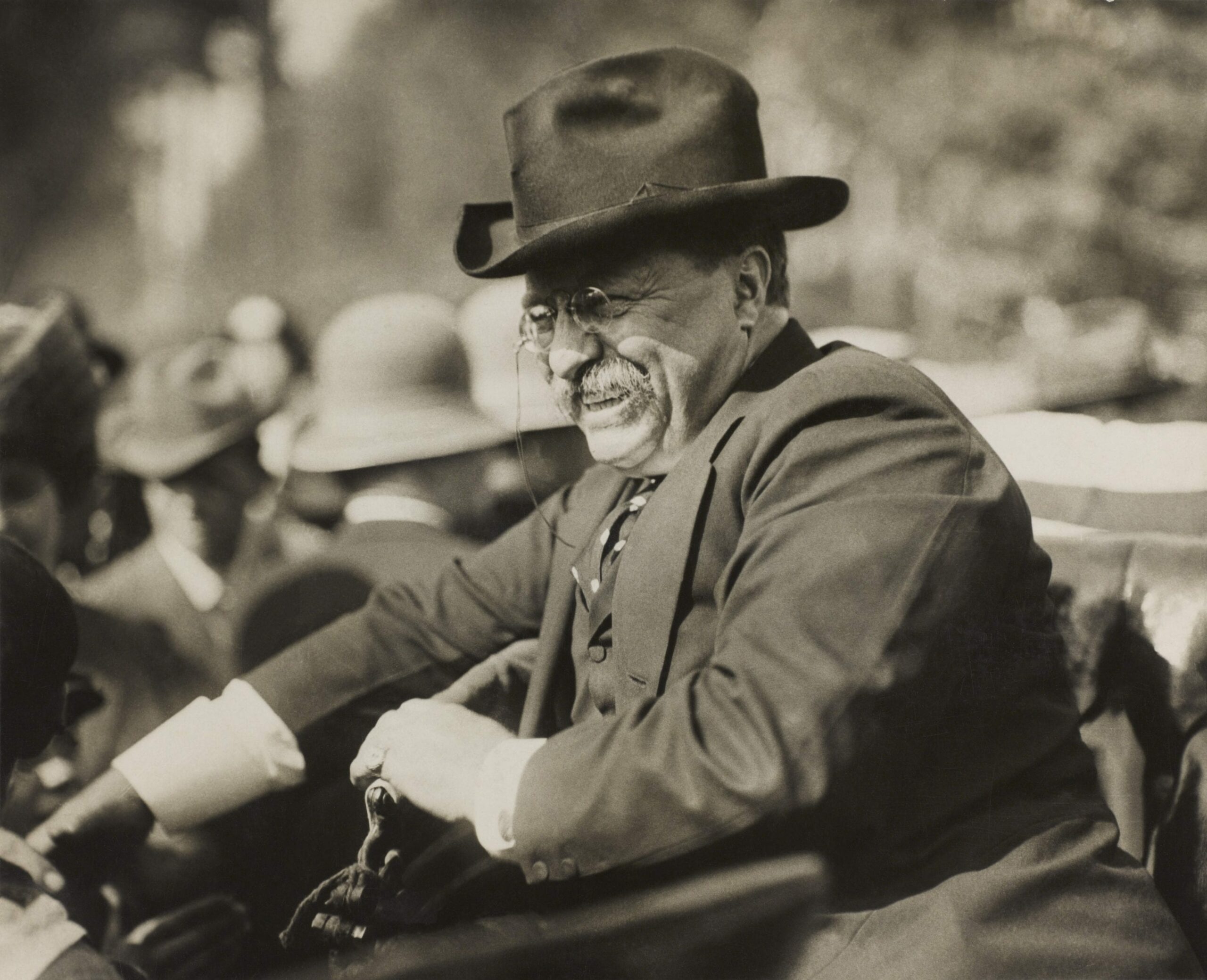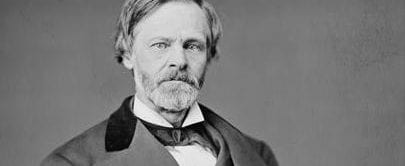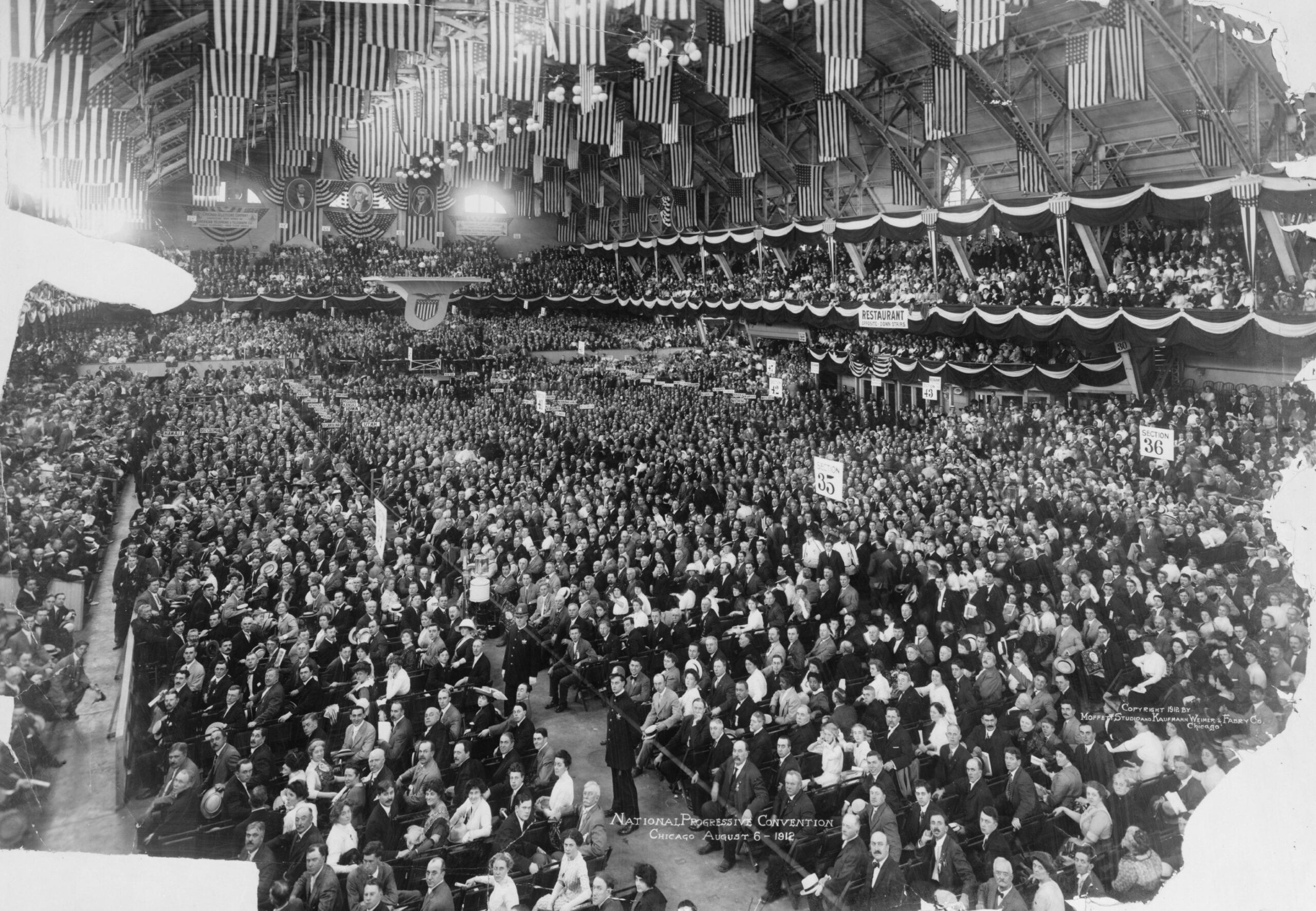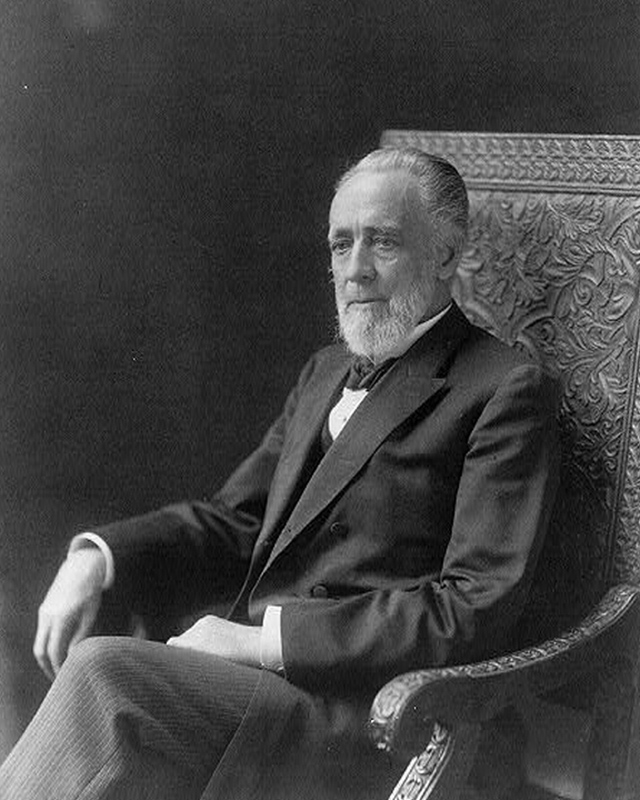
No related resources
Introduction
Most Americans are unaware that between 1883 and 1934 it was illegal for Indians to engage in their religious practices. The Bureau of Indian Affairs set up Courts of Indian Offenses to enforce the ban. “Indian offenses” were anything that did not conform to Christian mores, from religious ceremonies like the Sun Dance to other traditional practices like polygamy. The rules for these courts, extracted here, were more colloquially known to Indians as the “Religious Crimes Code.”
It was Secretary of the Interior Henry M. Teller (1830–1914) who called for the courts. His comments on the Indians reflect the later-nineteenth-century effort to “civilize” the Indians; that is, to make them independent property owners who lived in stable monogamous relationships and were, if possible, Christian. As a senator from Colorado, however, Teller opposed the Dawes Act (1887), supported by most eastern reformers, which broke up commonly held tribal lands so they could be owned individually by members of the tribe. He thought the act would lead to decreased Indian ownership of the land, which it did. Teller is best known for authoring an amendment (1898) that required the United States to return control of Cuba to its people after the Spanish-American War
Report of the Secretary of the Interior to the Two Houses of Congress, 4th Congress, 1st Session 1883, H.R. Exec. Doc. 1, x–xiii, https://digitalcommons.law.ou.edu/cgi/viewcontent.cgi?article=6725&context=indianserialset.
Many of the agencies are without law of any kind, and the necessity for some rule of government on the reservations grows more and more apparent each day. If it is the purpose of the government to civilize the Indians, they must be compelled to desist from the savage and barbarous practices that are calculated to continue them in savagery, no matter what exterior influences are brought to bear on them. Very many of the progressive Indians have become fully alive to the pernicious influences of these heathenish practices indulged in by their people, and have sought to abolish them; in such efforts they have been aided by their missionaries, teachers, and agents, but this has been found impossible even with the aid thus given. The government furnishes the teachers, and the charitable people contribute to the support of missionaries, and much time, labor, and money is yearly expended for their elevation, and yet a few nonprogressive, degraded Indians are allowed to exhibit before the young and susceptible children all the debauchery, diabolism, and savagery of the worst state of the Indian race. Every man familiar with Indian life will bear witness to the pernicious influence of these savage rites and heathenish customs.
On the 2d of December last [1882], with the view of as soon as possible putting an end to these heathenish practices, I addressed a letter to the Commissioner of Indian Affairs, which I here quote as expressive of my ideas on this subject:
I desire to call your attention to what I regard as a great hindrance to the civilization of the Indians, viz, the continuance of the old heathenish dances, such as the sun-dance, scalp-dance, etc. These dances, or feasts, as they are sometimes called, ought, in my judgment, to be discontinued, and if the Indians now supported by the government are not willing to discontinue them, the agents should be instructed to compel such discontinuance. These feasts or dances are not social gatherings for the amusement of these people, but, on the contrary, are intended and calculated to stimulate the warlike passions of the young warriors of the tribe. At such feasts the warrior recounts his deeds of daring, boasts of his inhumanity in the destruction of his enemies, and his treatment of the female captives, in language that ought to shock even a savage ear. The audience assents approvingly to his boasts of falsehood, deceit, theft, murder, and rape, and the young listener is informed that this and this only is the road to fame and renown. The result is the demoralization of the young, who are incited to emulate the wicked conduct of their elders, without a thought that in so doing they violate any law, but, on the contrary, with the conviction that in so doing they are securing for themselves an enduring and deserved fame among their people. Active measures should be taken to discourage all feasts and dances of the character I have mentioned.
The marriage relation is also one requiring the immediate attention of the agents. While the Indians were in a state of at least semi-independence, there did not seem to be any great necessity for interference, even if such interference was practicable (which it doubtless was not). While dependent on the chase1 the Indian did not take many wives, and the great mass found themselves too poor to support more than one; but since the government supports them this objection no longer exists, and the more numerous the family the greater the number of the rations allowed. I would not advise any interference with plural marriages now existing; but I would by all possible methods discourage future marriages of that character. The marriage relation, if it may be said to exist at all among the Indians, is exceedingly lax in its character, and it will be found impossible, for some time yet, to impress them with our idea of this important relation. The marriage state, existing only by the consent of both parties, is easily and readily dissolved, the man not recognizing any obligation on his part to care for his offspring. As far as practicable, the Indian having taken to himself a wife should be compelled to continue that relation with her, unless dissolved by some recognized tribunal on the reservation or by the courts. Some system of marriage should be adopted, and the Indian compelled to conform to it. The Indian should also be instructed that he is under obligations to care for and support, not only his wife, but his children, and on his failure, without proper cause, to continue as the head of such family, he ought in some manner to be punished, which should be either by confinement in the guard-house or agency prison, or by a reduction of his rations.
Another great hindrance to the civilization of the Indians is the influence of the medicine men, who are always found with the anti-progressive party. The medicine men resort to various artifices and devices to keep the people under their influence, and are especially active in preventing the attendance of the children at the public schools, using their conjurers’ arts to prevent the people from abandoning their heathenish rites and customs. While they profess to cure diseases by the administering of a few simple remedies, still they rely mainly on their art of conjuring. Their services are not required even for the administration of the few simple remedies they are competent to recommend, for the government supplies the several agencies with skillful physicians, who practice among the Indians without charge to them. Steps should be taken to compel these impostors to abandon this deception and discontinue their practices, which are not only without benefit to the Indians but positively injurious to them.
The value of property as an agent of civilization ought not to be overlooked. When an Indian acquires property, with a disposition to retain the same free from tribal or individual interference, he has made a step forward in the road to civilization. One great obstacle to the acquirement of property by the Indian is the very general custom of destroying or distributing his property on the death of a member of his family. Frequently on the death of an important member of the family all the property accumulated by its head is destroyed or carried off by the “mourners,” and his family left in desolation and want. While in their independent state but little inconvenience was felt in such a case, on account of the general community of interest and property, in their present condition not only real inconvenience is felt, but disastrous consequences follow. I am informed by reliable authority that frequently the head of a family, finding himself thus despoiled of his property, becomes discouraged, and makes no further attempt to become a property owner. Fear of being considered mean, and attachment to the dead, frequently prevents the owner from interfering to save his property while it is being destroyed in his presence and contrary to his wishes.
It will be extremely difficult to accomplish much toward the civilization of the Indians while these adverse influences are allowed to exist.
The government having attempted to support the Indians until such time as they shall become self-supporting, the interest of the government as well as that of the Indians demands that every possible effort should be made to induce them to become self-supporting at as early a day as possible. I therefore suggest whether it is not practicable to formulate certain rules for the government of the Indians on the reservations that shall restrict and ultimately abolish the practices I have mentioned. I am not ignorant of the difficulties that will be encountered in this effort; yet I believe in all the tribes there will be found many Indians who will aid the government in its efforts to abolish rites and customs so injurious to the Indians and so contrary to the civilization that they earnestly desire.
In accordance with the suggestions of this letter, the Commissioner of Indian Affairs established a tribunal at all agencies, except among the civilized Indians,2 consisting of three Indians, to be known as the court of Indian offenses. The members of this tribunal consist of the first three officers in rank of the police force,3 if such selection is approved by the agent; otherwise, the agent may select from among the members of the tribe three suitable persons to constitute such tribunal.
The Commissioner of Indian Affairs, with the approval of the Secretary of the Interior, promulgated certain rules for the government of this tribunal, defining offenses of which it was to take cognizance. It is believed that such a tribunal, composed as it is of Indians, will not be objectionable to the Indians and will be a step in the direction of bringing the Indians under the civilizing influence of law. Since the creation of this tribunal the time has not been sufficient to give it a fair trial, but so far it promises to accomplish all that was hoped for at the time of its creation. The commissioner recommends an appropriation for the support of this tribunal, and in such recommendation I concur. . . .
- 1. Hunting.
- 2. The so-called civilized Indians were the Cherokee, Chickasaw, Choctaw, Creek, and Seminole of the U.S. Southeast. They were called civilized because they adopted Anglo-American ways of life, including participation in the market economy, English literacy, centralized government, as well as slaveholding.
- 3. Reservations had tribal judges who were Native Americans.
Annual Message to Congress (1884)
December 01, 1884
Conversation-based seminars for collegial PD, one-day and multi-day seminars, graduate credit seminars (MA degree), online and in-person.
